Our next destination was Villa O’Higgins, the end of the famous Carretera Austral (more about the Carretera in a few seconds). From Caleta Tortel it’s a 155 km drive through an absolutely stunning landscape.
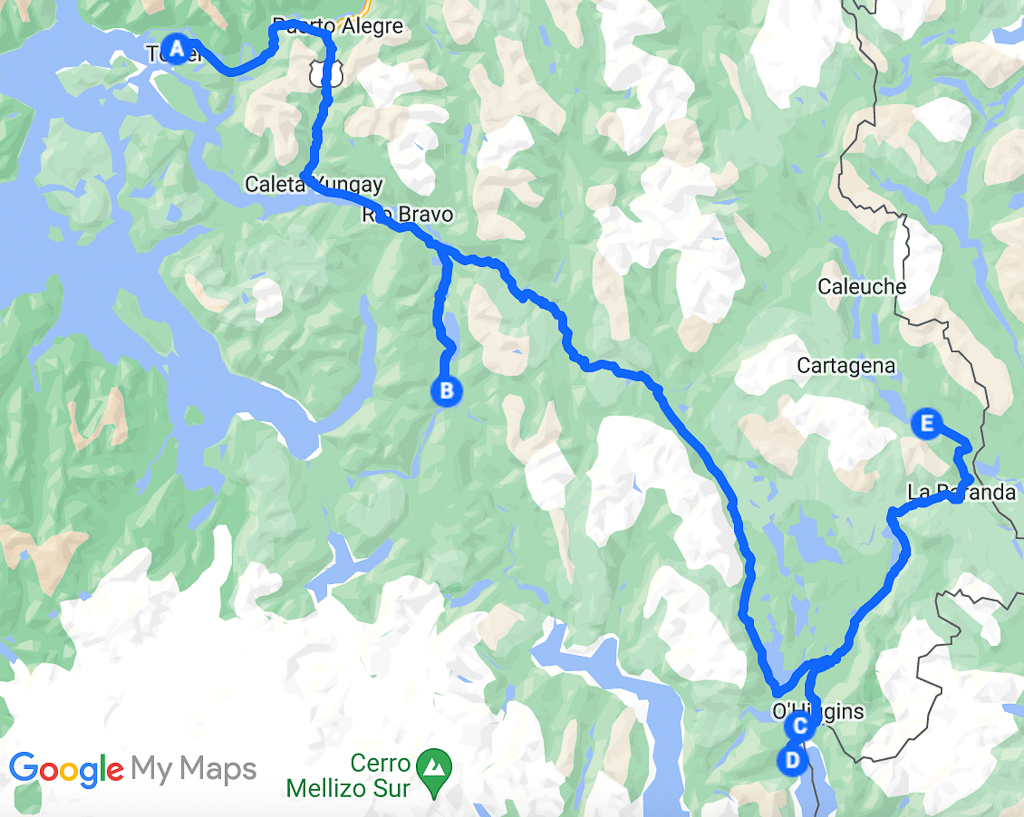
(Editor’s note: we currently have 4 months of delay between real life and our blog posts. We were in Villa O’Higgins in February)
Ferry Puerto Yungay to Rio Bravo
About 40 km after the start we reached Puerto Yungay, where we had to take the ferry across the fjord to Rio Bravo. The ferry is free and runs during high season three times a day. The crossing of the fjord takes 45 minutes.
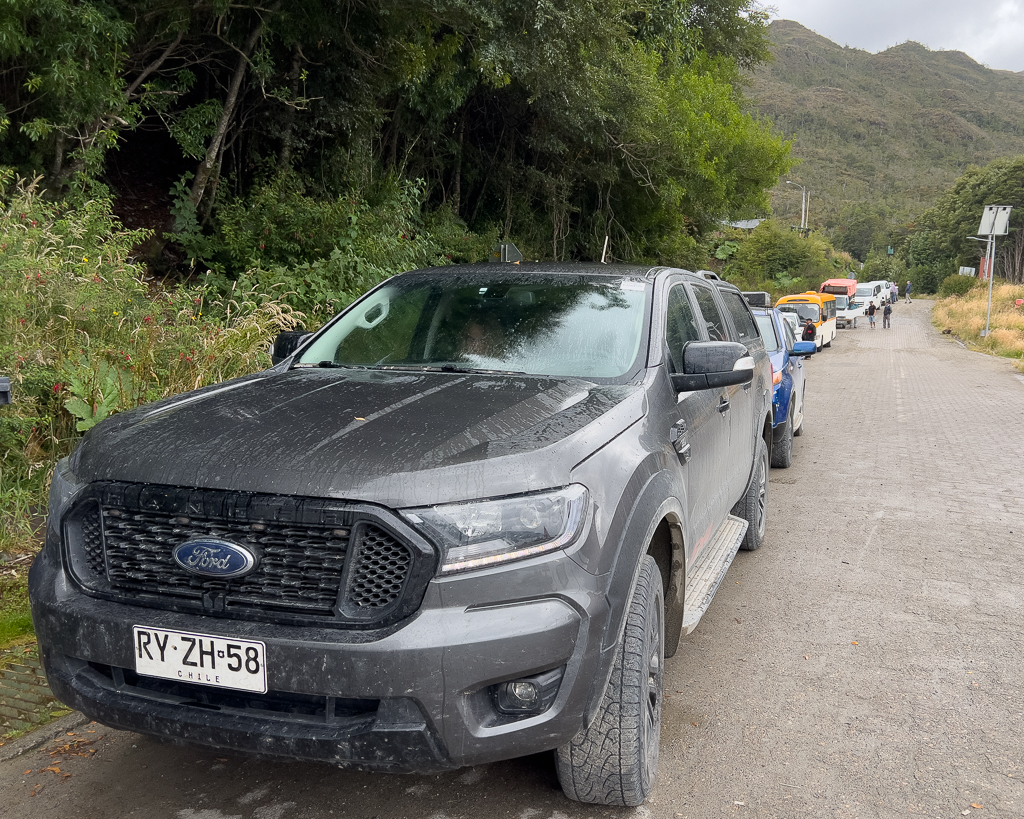
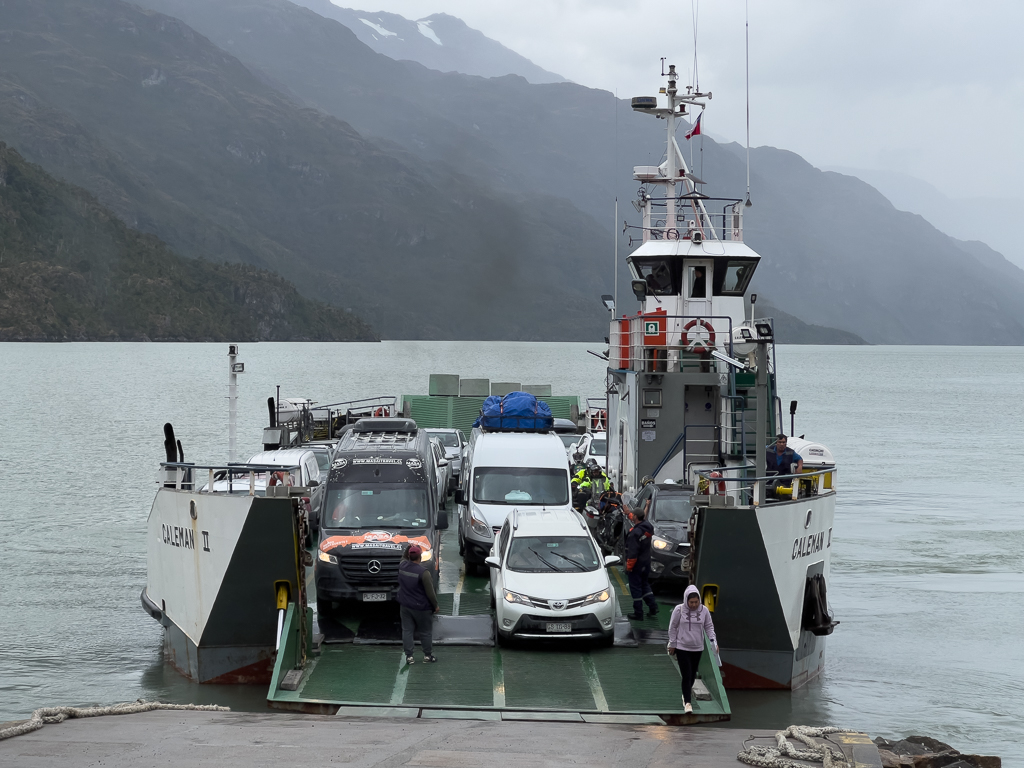
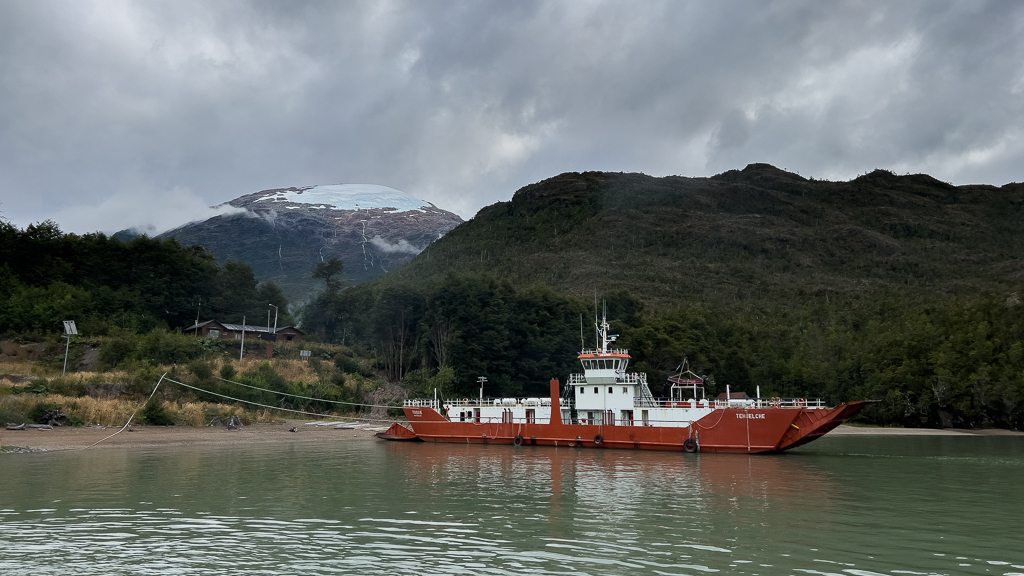
Road to Rio Pascua
Shortly after Puerto Yungay, there is a junction of a road leading south while the main road continues southeast (see map above). This road leads through an extremely beautiful and wild landscape.

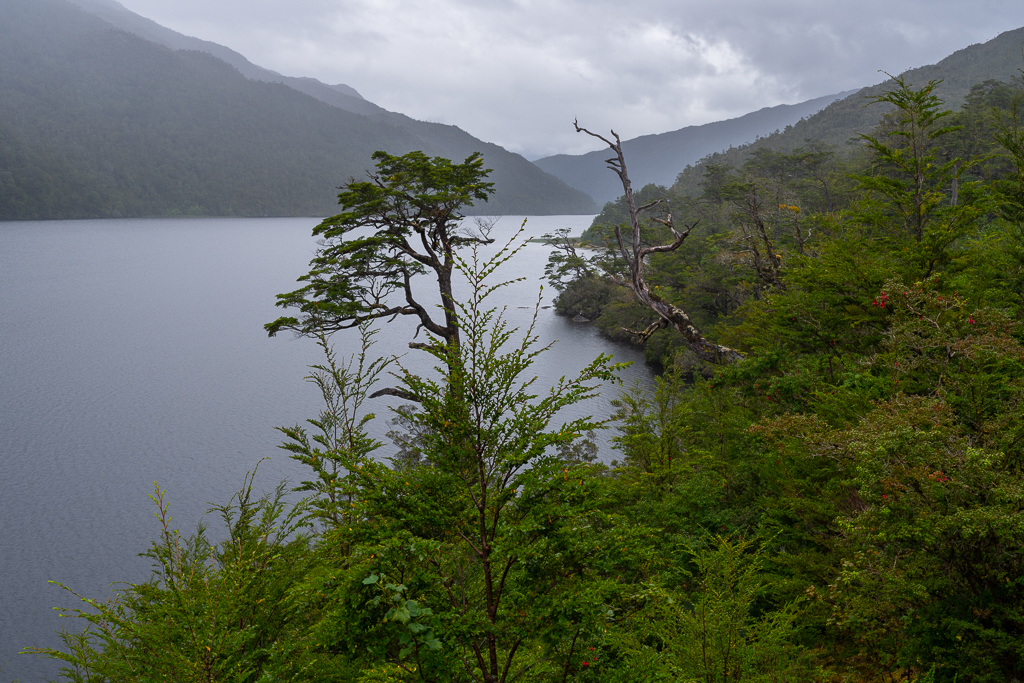

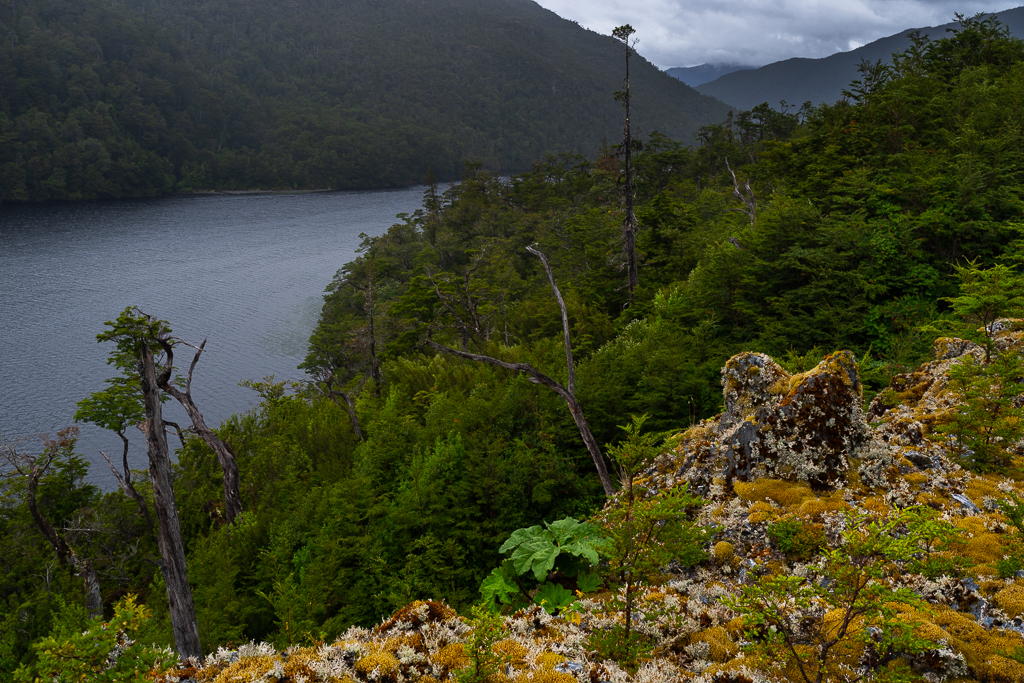
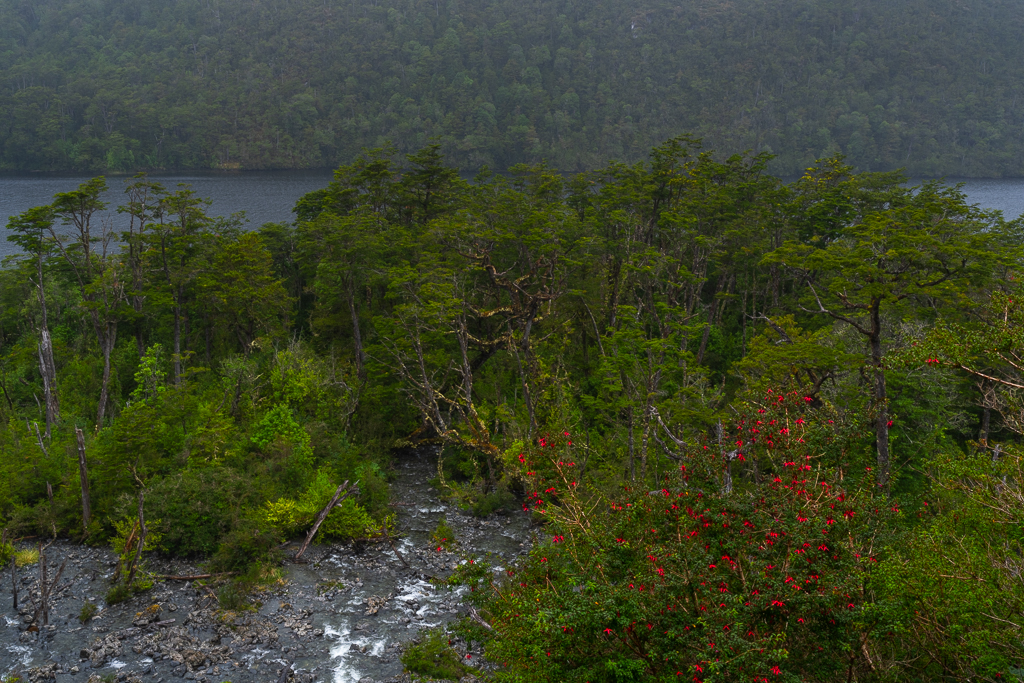



18 km later you reach the Rio Pascua.

There you can find a cable ferry but sadly nobody was there to operate the ferry. Theoretically, the road should continue for another 40 km after the ferry along the Rio Pascua River until it reaches the sea at Bahia Bajo Pascua. But for us, there was no way to cross the river on that day.
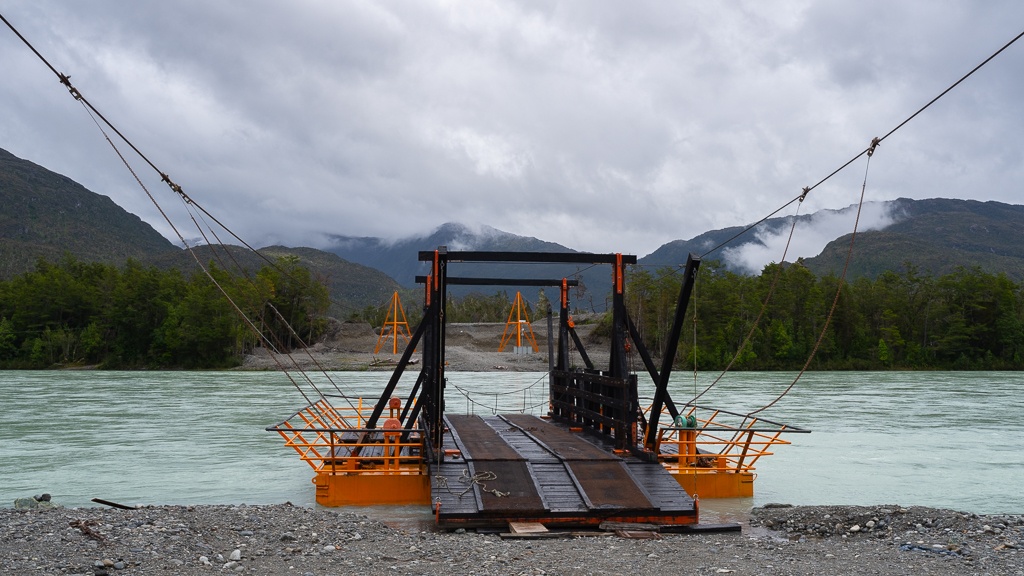
It was a bit of a mystery why they built this road in the middle of nowhere. Interestingly on Maps.me this road was even named Ruta 7 and Carretera Austral, while the main road leading to Villa O’Higgins got the new name X-91. This is also the first clue about the real intentions of this road. After some investigations, we found the following map:

There exists a very ambitious idea (plan?) to build a road on the western side of the Southern Patagonian Ice Field all the way from Rio Bravo to Puerto Natales. The intention is to connect the south of Chile, which can currently only be reached by boat, plane, or via Argentina, with the mainland of Chile. And it seems that the road to Rio Pascua is the first step in that direction.
In Wikipedia you can find the following description:
There is also a plan to extend the road to Magallanes Region, which still lacks domestic road connection to the rest of Chile. This means constructing a 935-kilometre (581 mi) branch Rio Bravo-Ventisquero Montt-Puerto Natales, with 9 ferry crossings planned. By January 2007, the construction on the Rio Bravo-Ventisquero Montt section had begun, with the branch off point from the main Rio Bravo-Villa O’Higgins road being at 48.00°S 73.13°W.
It will probably take many decades before this project is fully realized, if ever. But it’s a fascinating idea.
Villa O’Higgins
After our side trip to the Rio Pascua, we continued on the road to Villa O’Higgins.
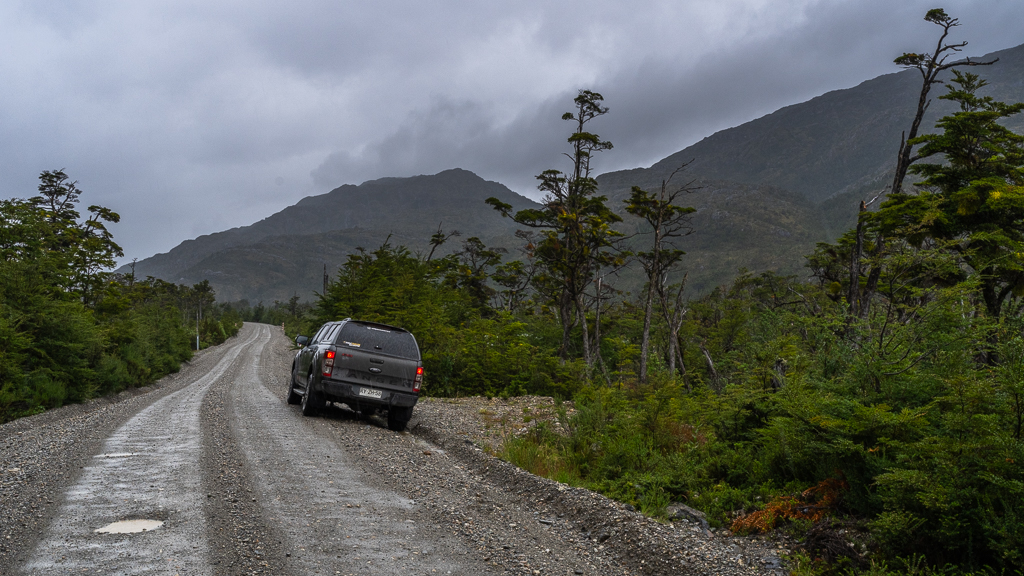
110 km later we finally reached the small village.
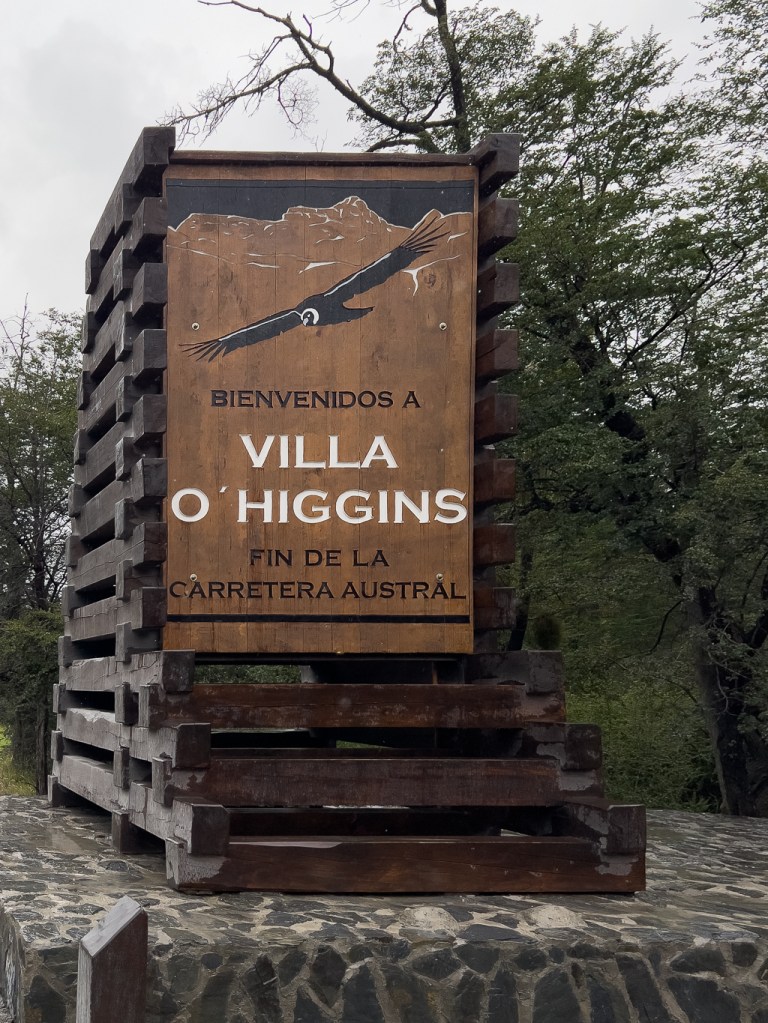
In Villa O’Higgins, we rented a cabin for a few days to explore the surroundings.
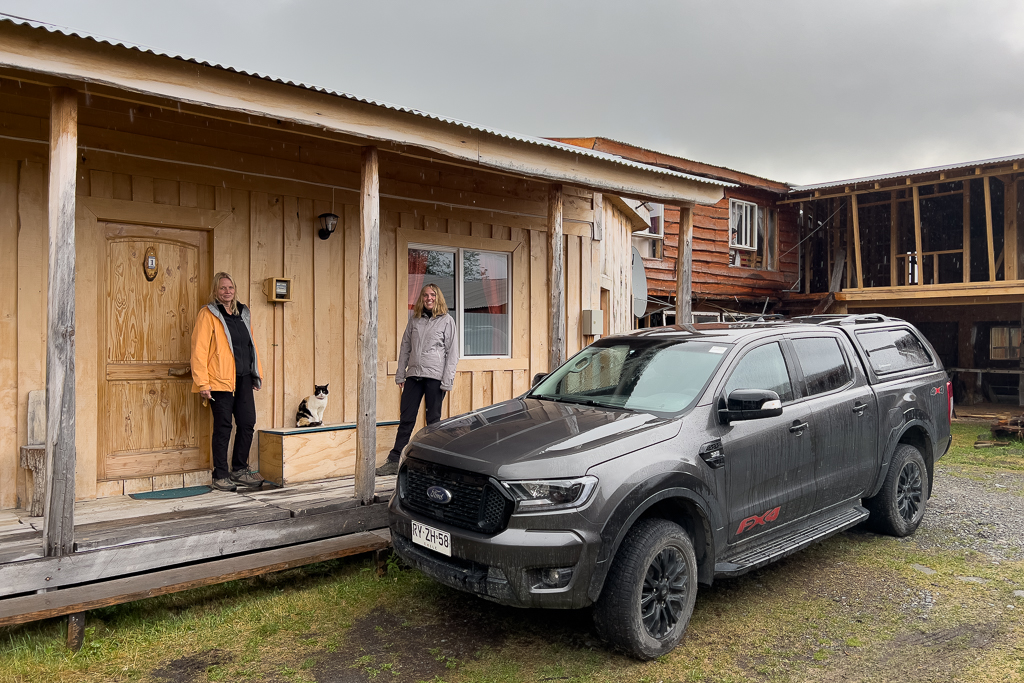
The village itself is not very interesting. The following image shows the main road and the center of Villa O’Higgins. It gives you a rough idea of what to expect there. Not much.

At the northeastern corner, you can find a viewpoint that provides a nice overview of the village.
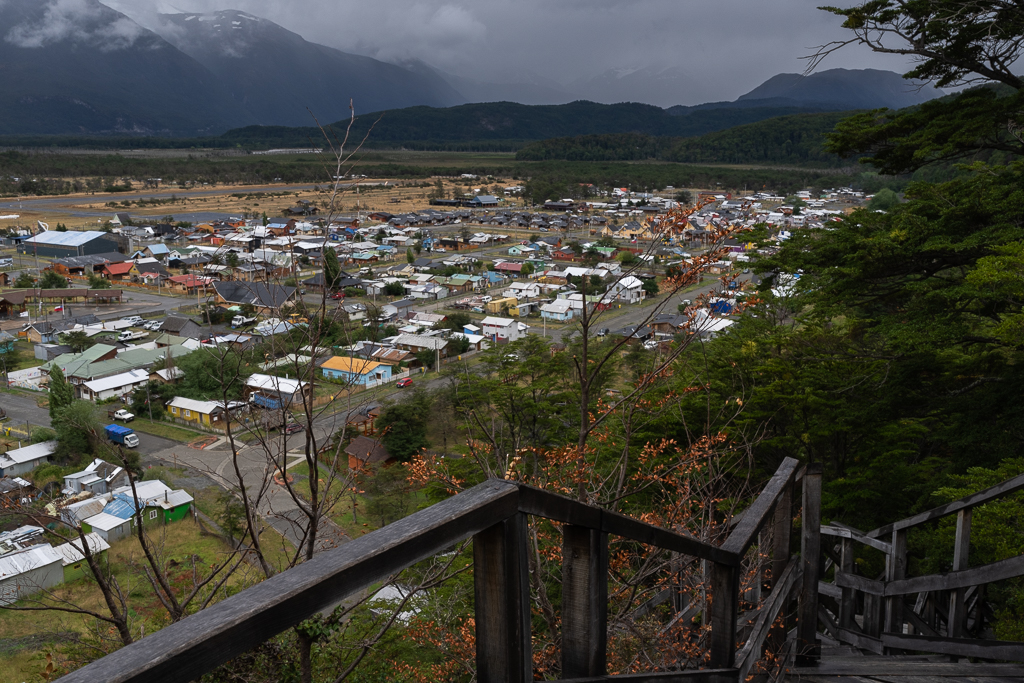

Lago Christie and Paso Mayer
Our first exploration from Villa O’Higgins led us on the X-905 to the northeast.
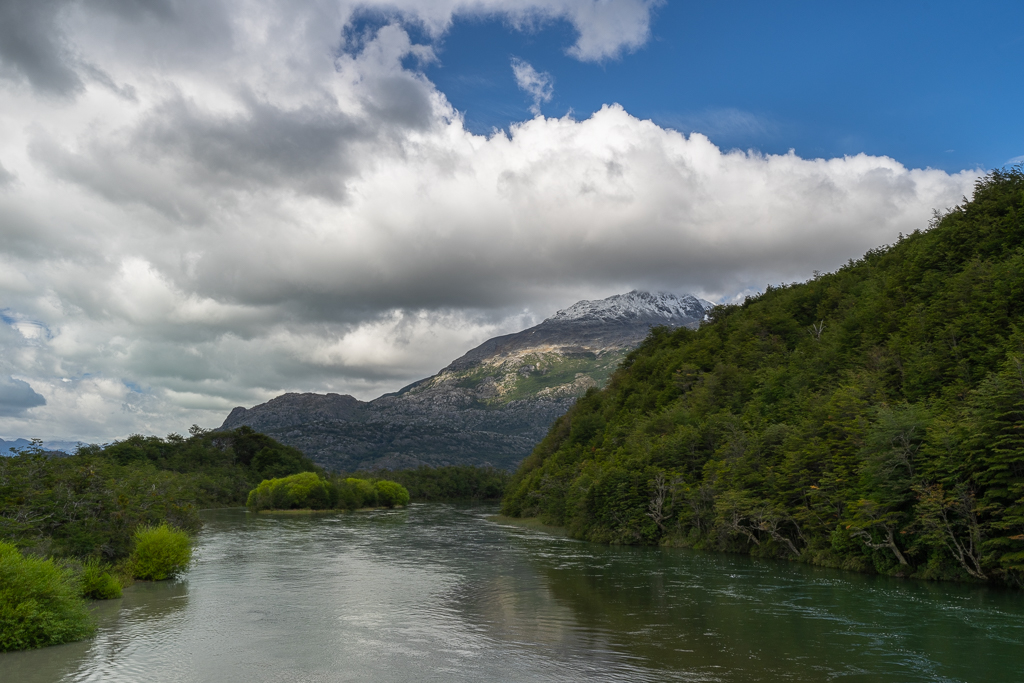

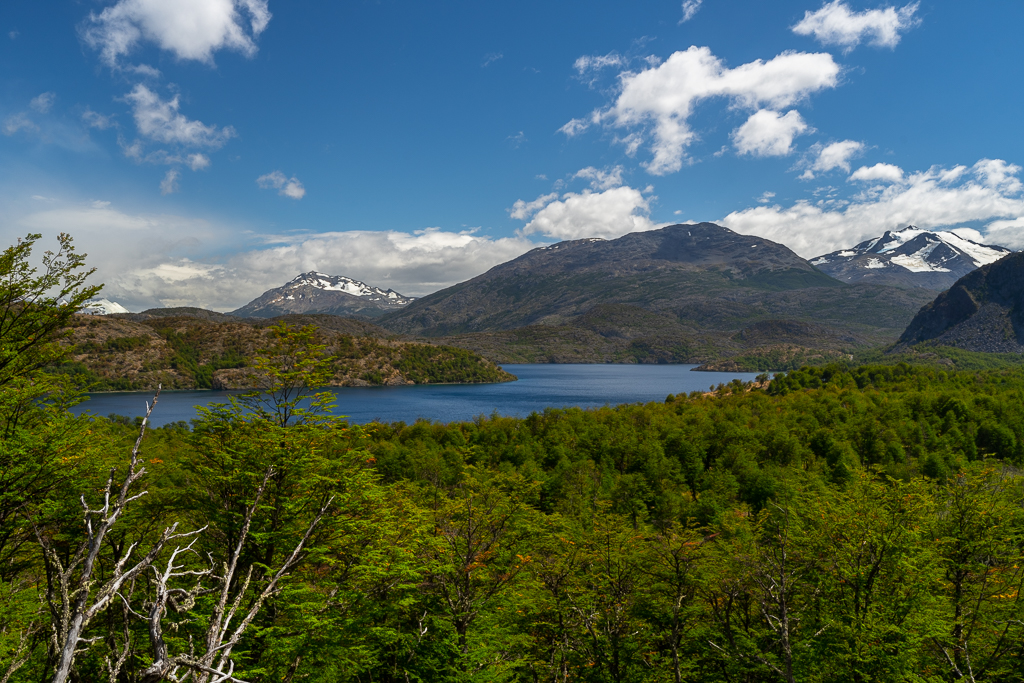
Shortly after the start, we reached the historic chapel of Padre Antonio Ronchi. He was a famous missionary in Patagonia in the 20th century.
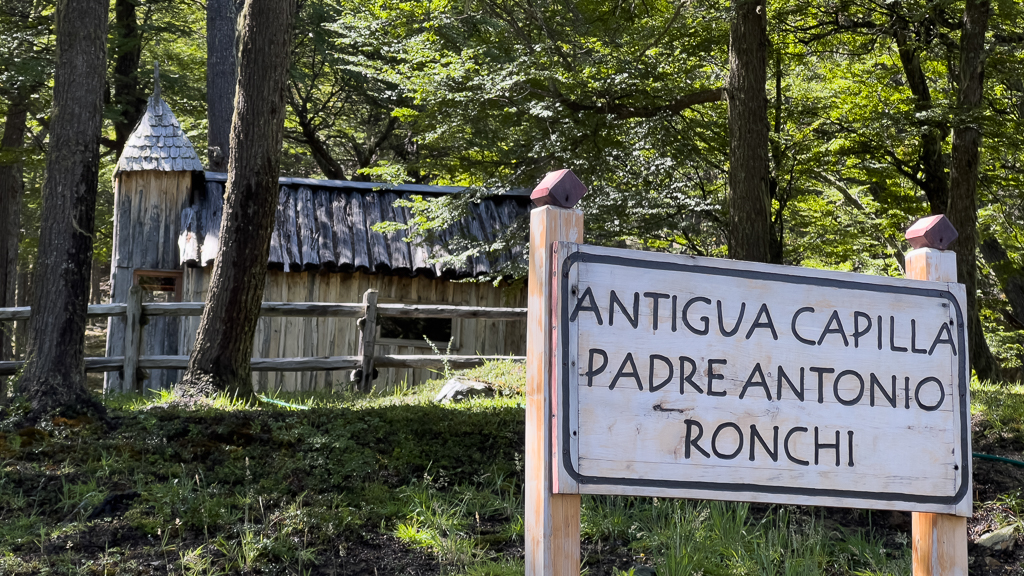
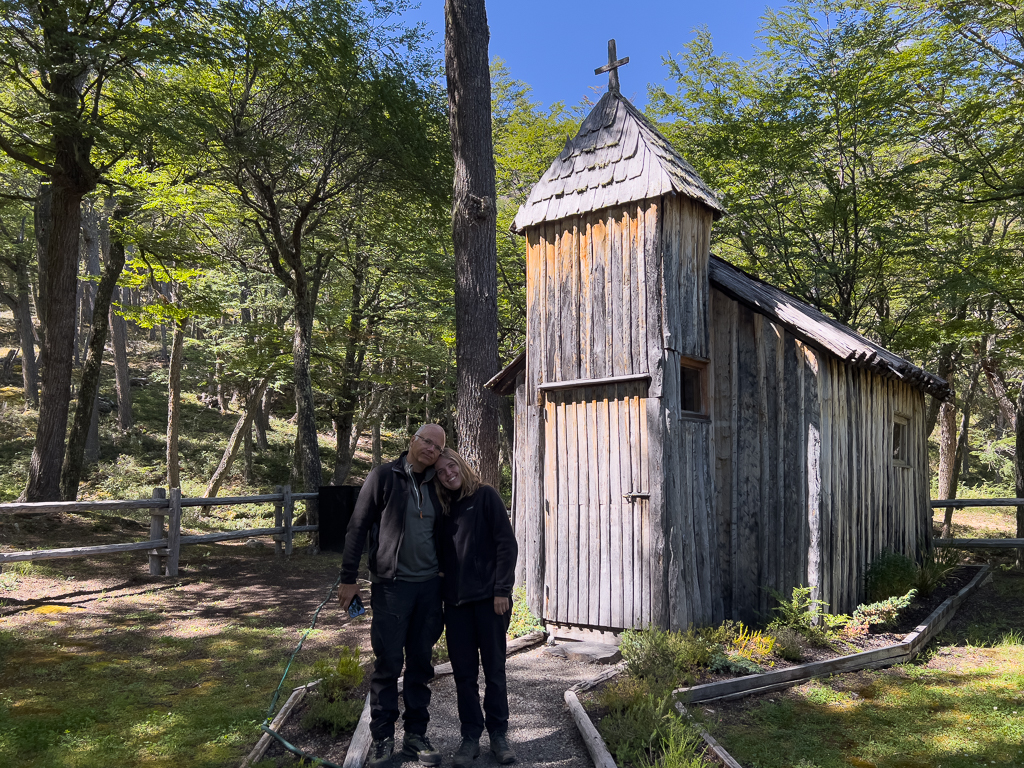
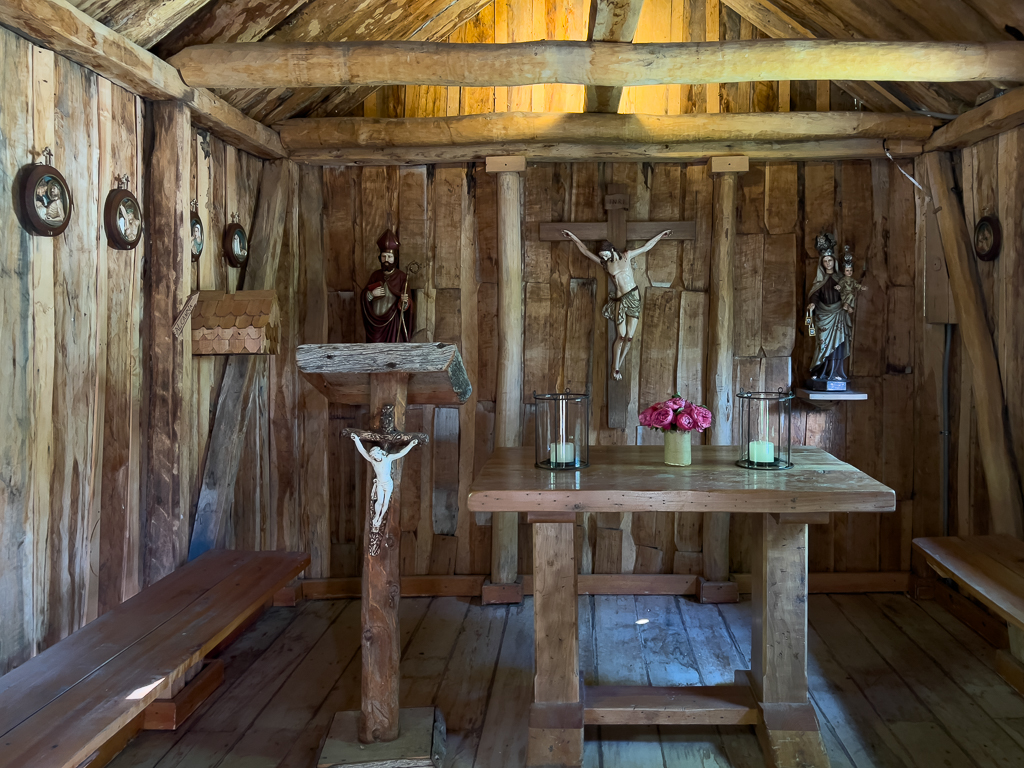
Along the X-905 are also a couple of smaller waterfalls, like the Salto Chico and the Salto Perez.
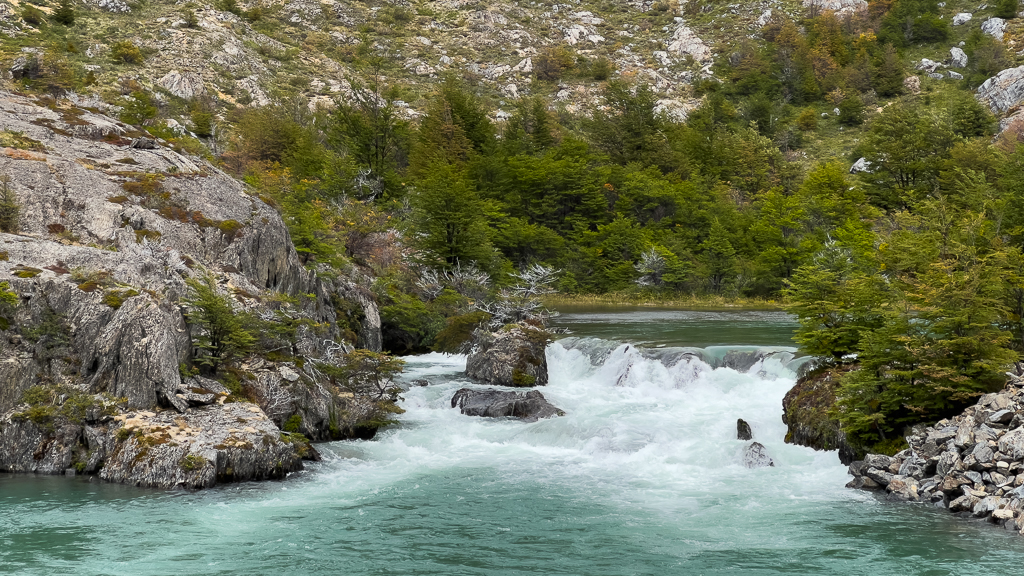
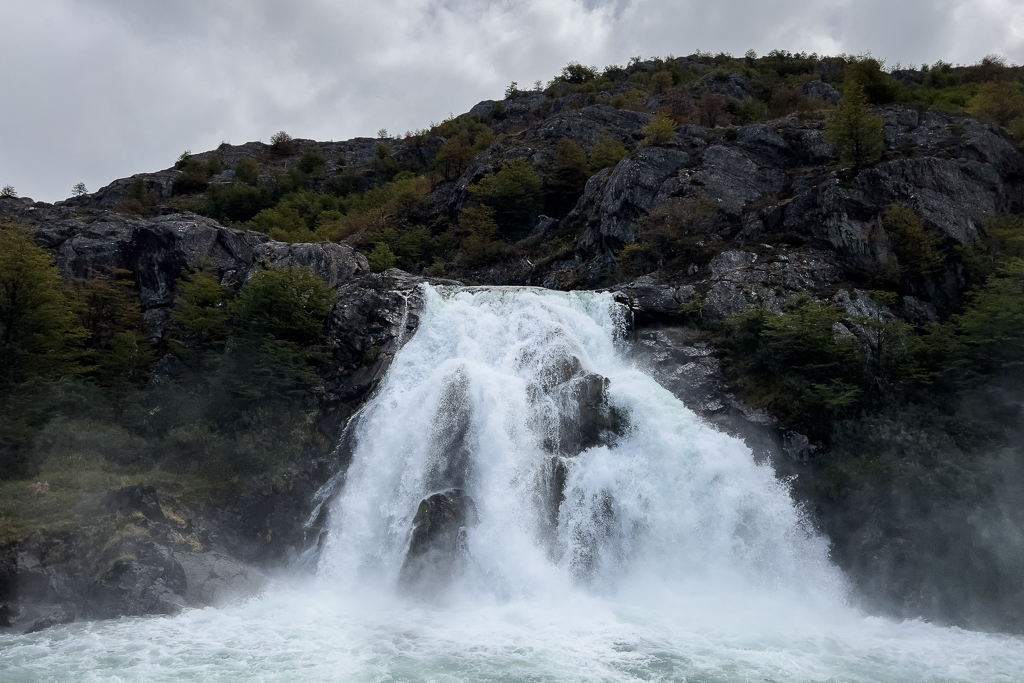

Since we had great weather on the day (which is extremely rare in that area) we decided to have a picnic next to the river.

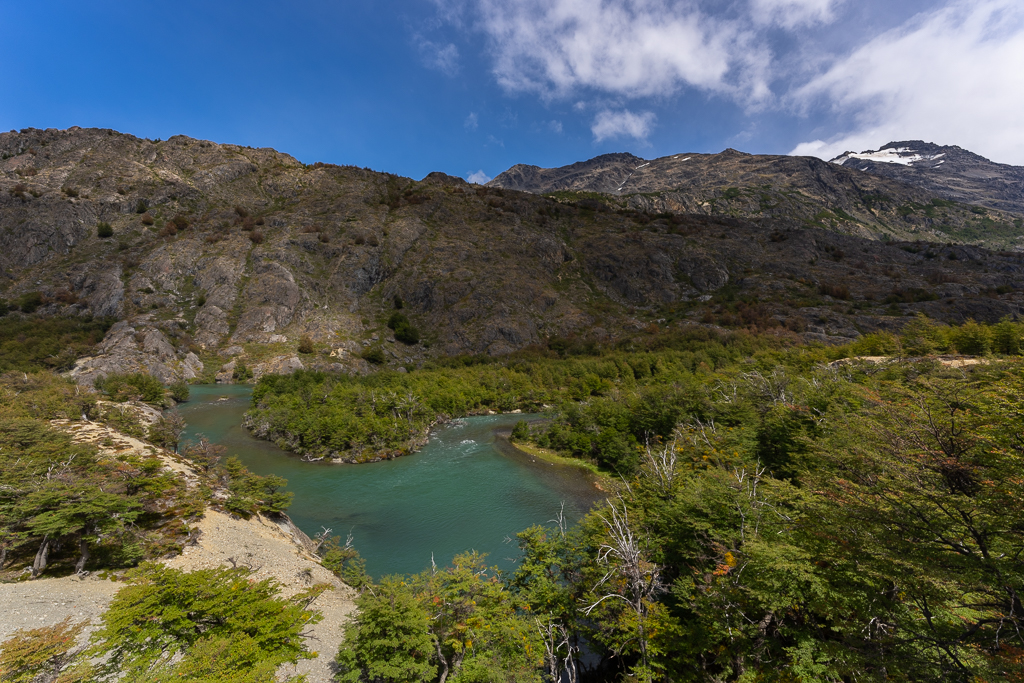
Near the end of the road, there is a junction of the X-911 which leads another 8 km to the beautiful Lago Christie.
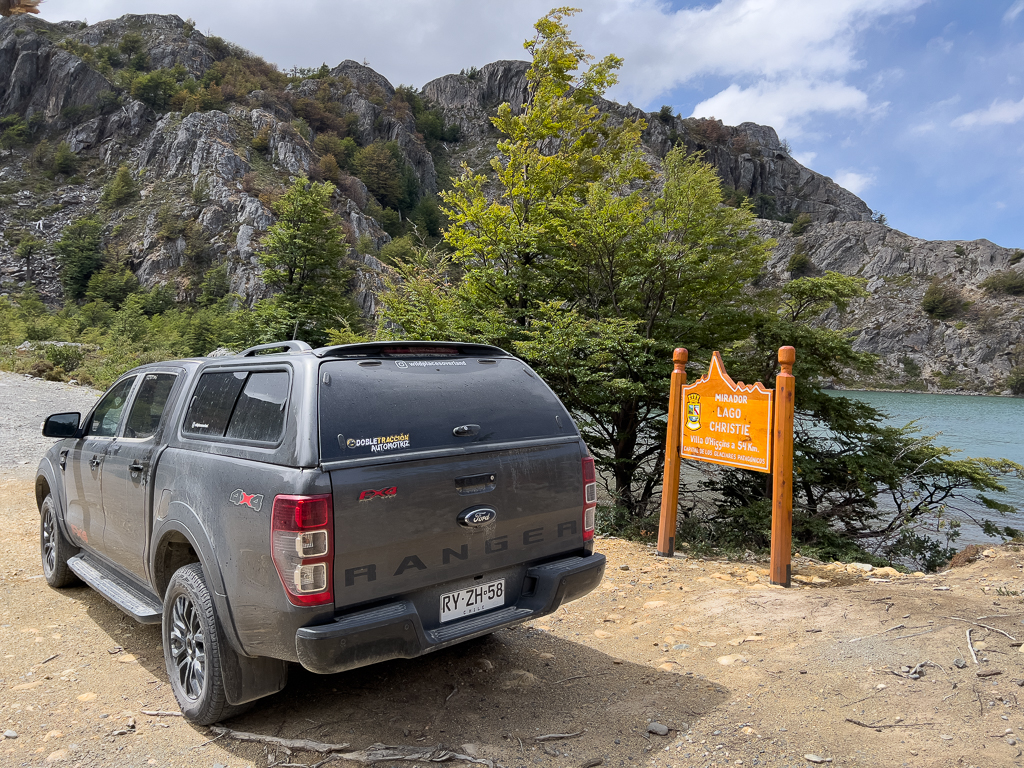
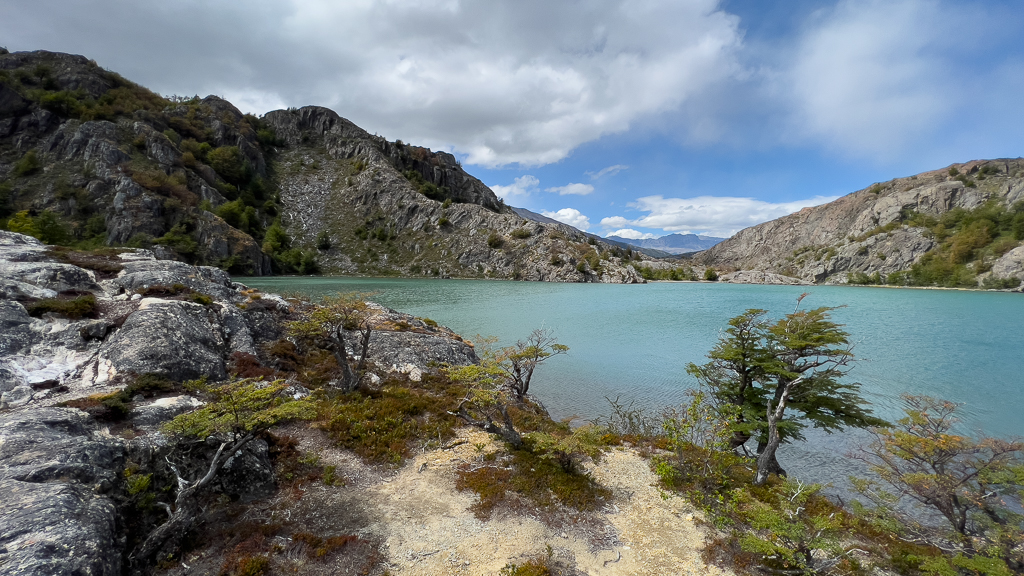
After the side trip to the Lago Christie, we continued on the X-905 to the Paso Mayer, the border to Argentina.

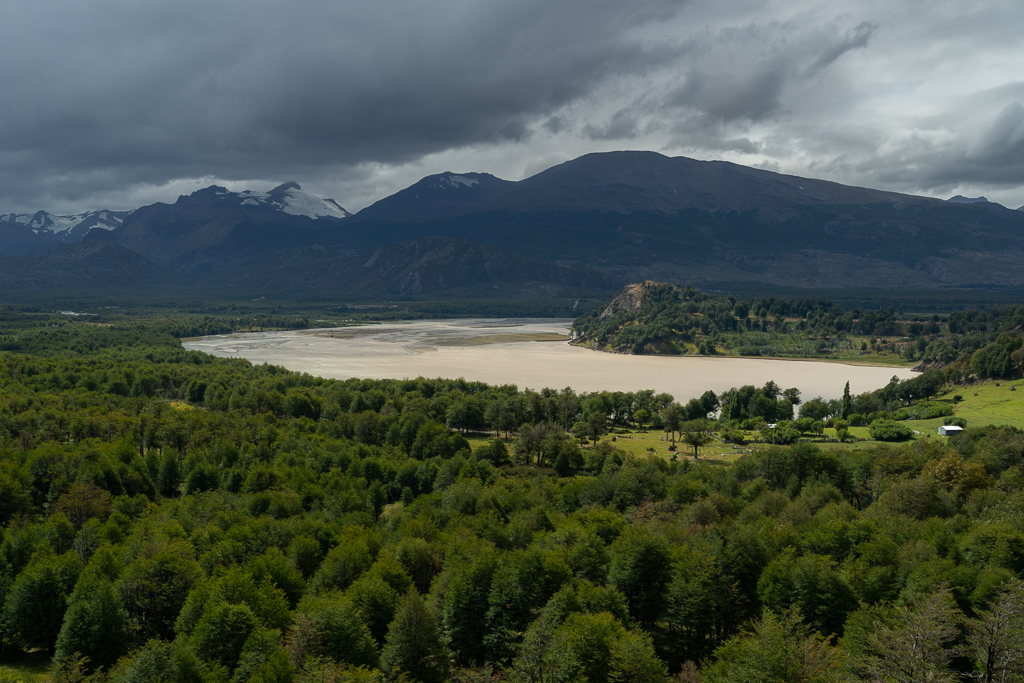
With the right vehicle and under the right weather conditions, it’s theoretically possible to drive from here to Argentina. But it’s a real challenge that should not be underestimated. You have to cross countless branches of a huge river, each of them with a water depth of more than 1m and strong currents. You should definitely try this only in a team with a couple of well-prepared big 4×4 trucks and only when the water level of the river is really low. You are completely on your own in the difficult area between the two border stations. If you are in trouble nobody will help you there.
Of course, we didn’t try it. But we continued on the X-905 as far as possible. Interestingly, a look on Google Maps suddenly revealed that we were already in Argentina.
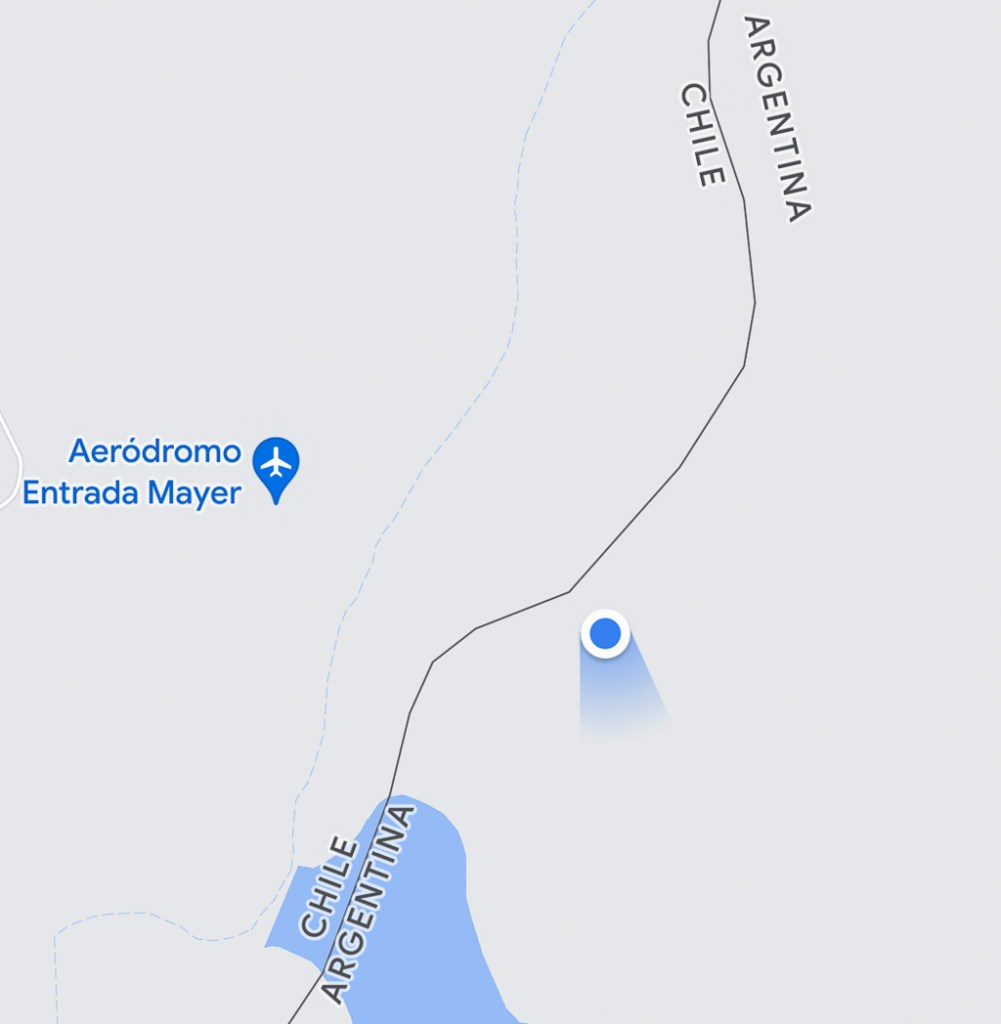
A look on Maps.me revealed some more details. The X-905 seems to cross the Chilean-Argentinian border and continue for a few km in Argentina. I have no idea what the reason behind this is. Maybe there is a border dispute in this area between Chile and Argentina (like in a couple of other areas in Patagonia).

Since we were now illegally in Argentina we decided to quickly return on the X-905 back to Chile to not get into trouble.
The End of the Carretera Austral
For most people, Villa O’Higgins is considered the end of the Carretera Austral. This is not completely true. From the village, you can drive another 8 km south to Puerto Bahamondes at the Lago O’Higgins.
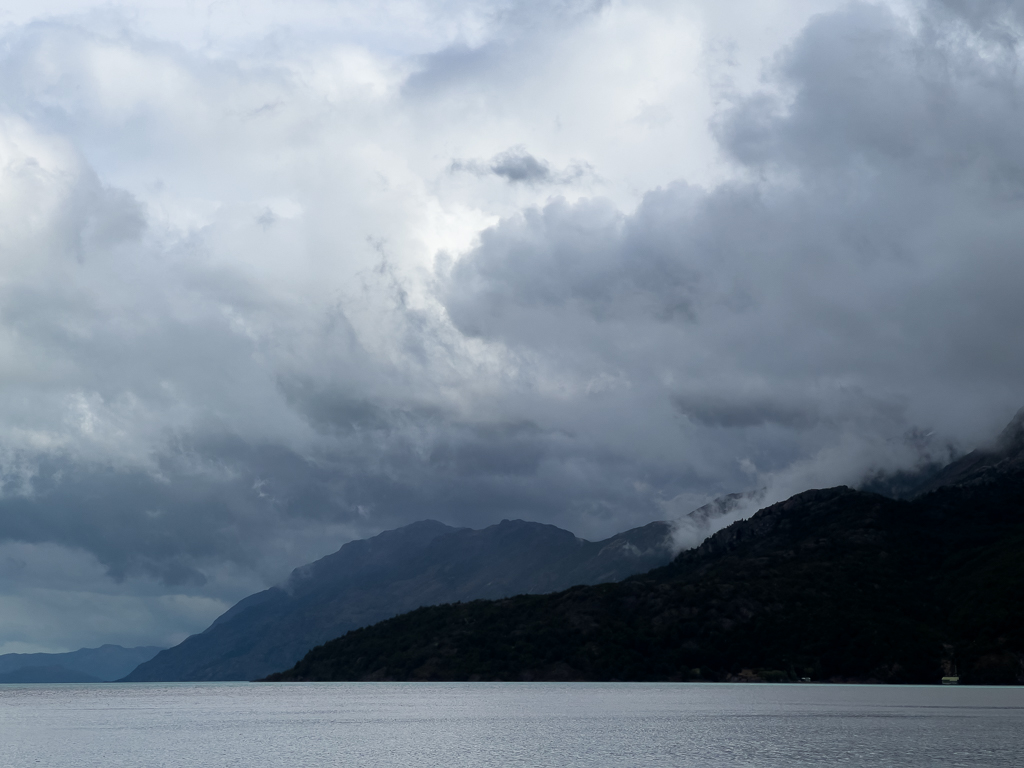
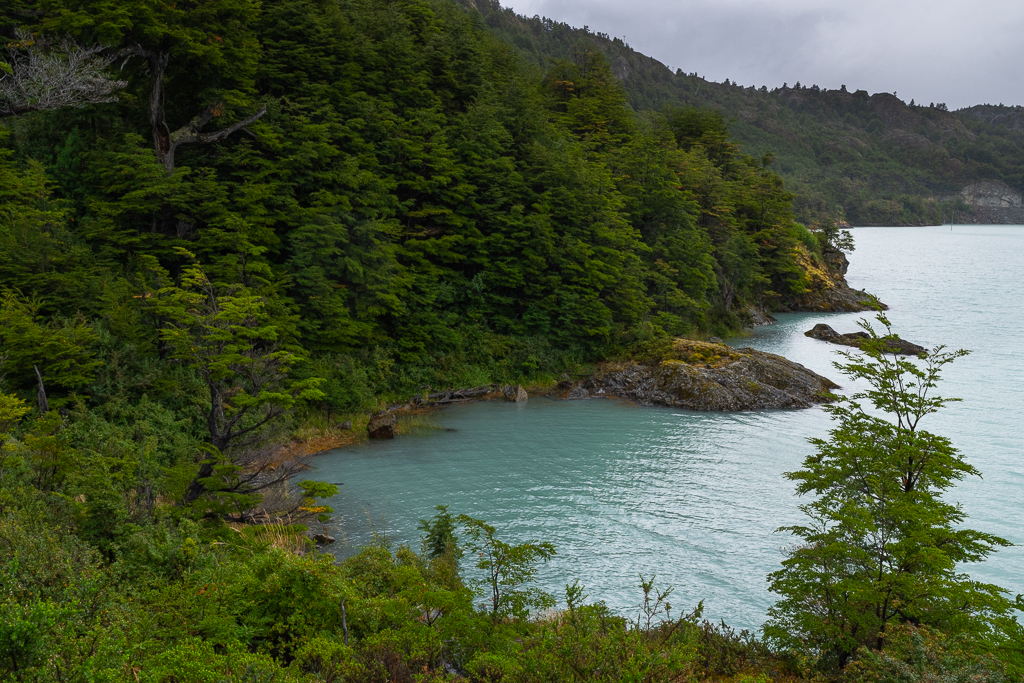
At Puerto Bahamondes you can find a sign with FIN DEL CAMINO CARRETERA AUSTRAL.
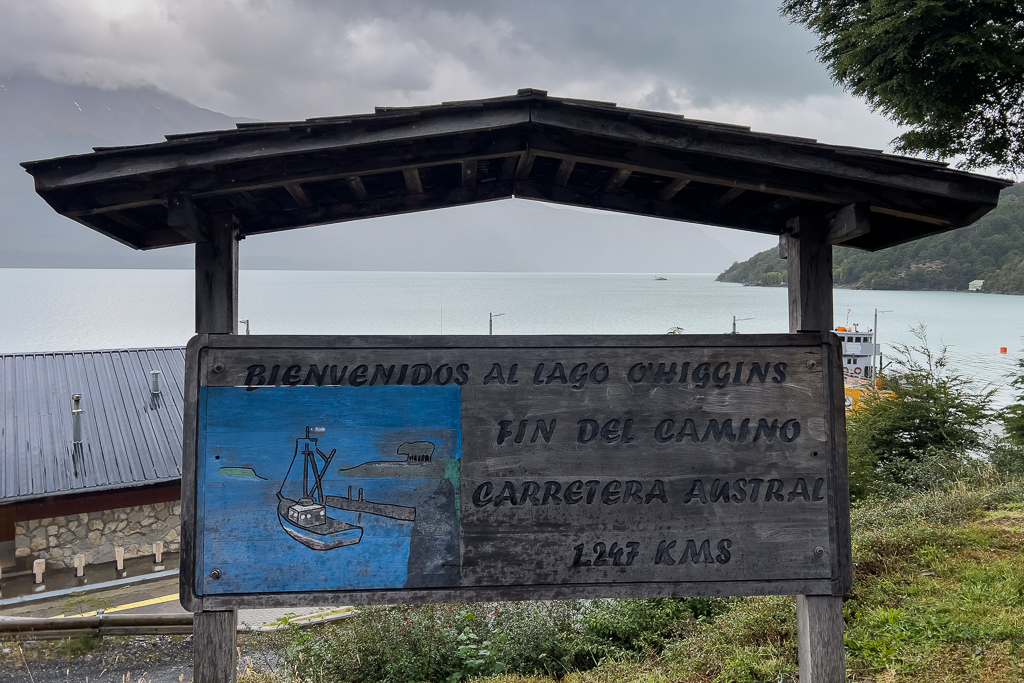
And another one with FIN DE LA CARRETERA AUSTRAL. Of course, we had to take the obligatory shot of our car in front of the sign.
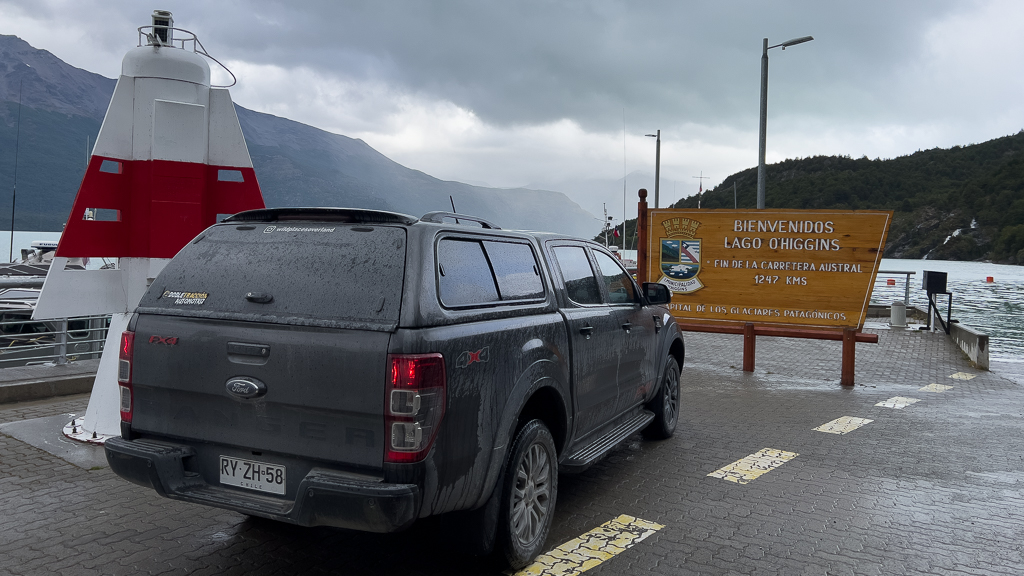
If you follow this blog regularly you already know from the Ushuaia story that the end of a road is not the end of a road unless it’s really the end of the road 😉
From Puerto Bahamondes starts a small and steep offroad track that leads about 1 km further south to a hydroelectric power station.
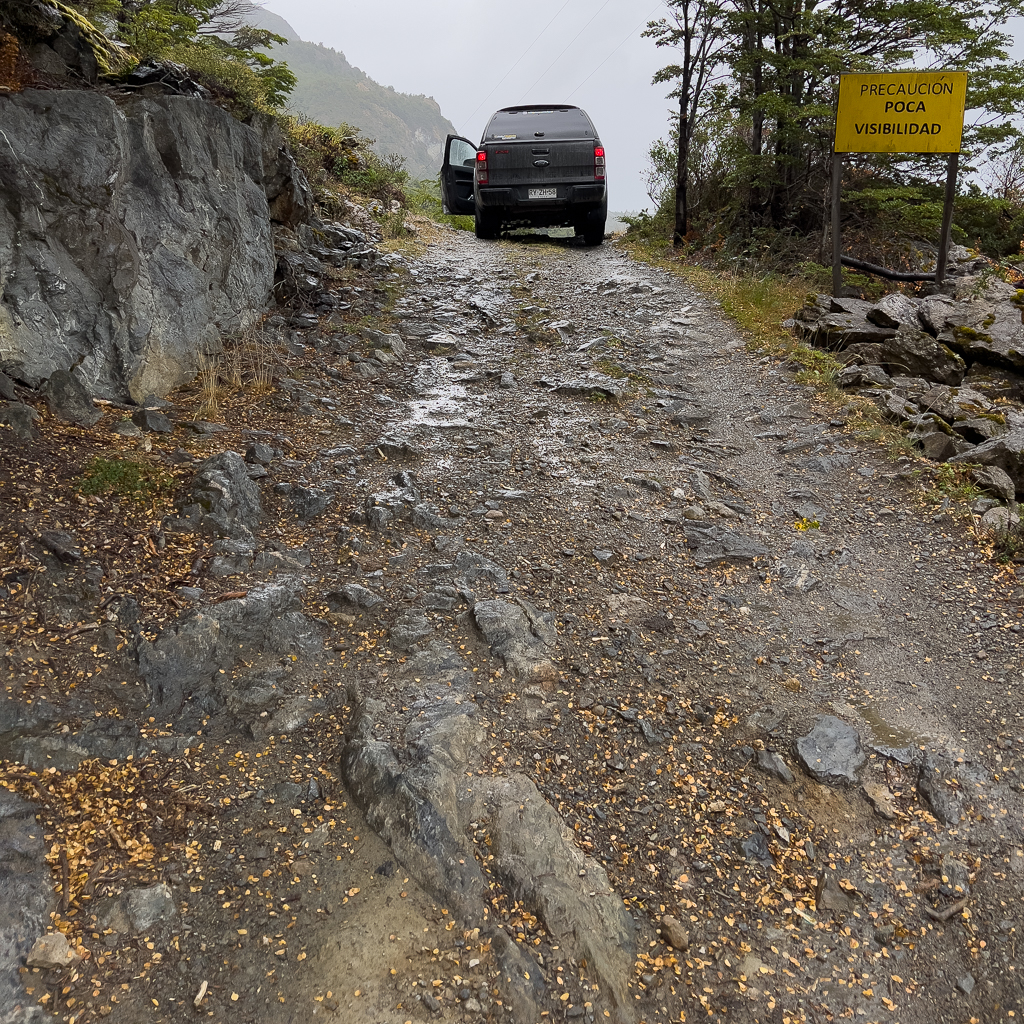
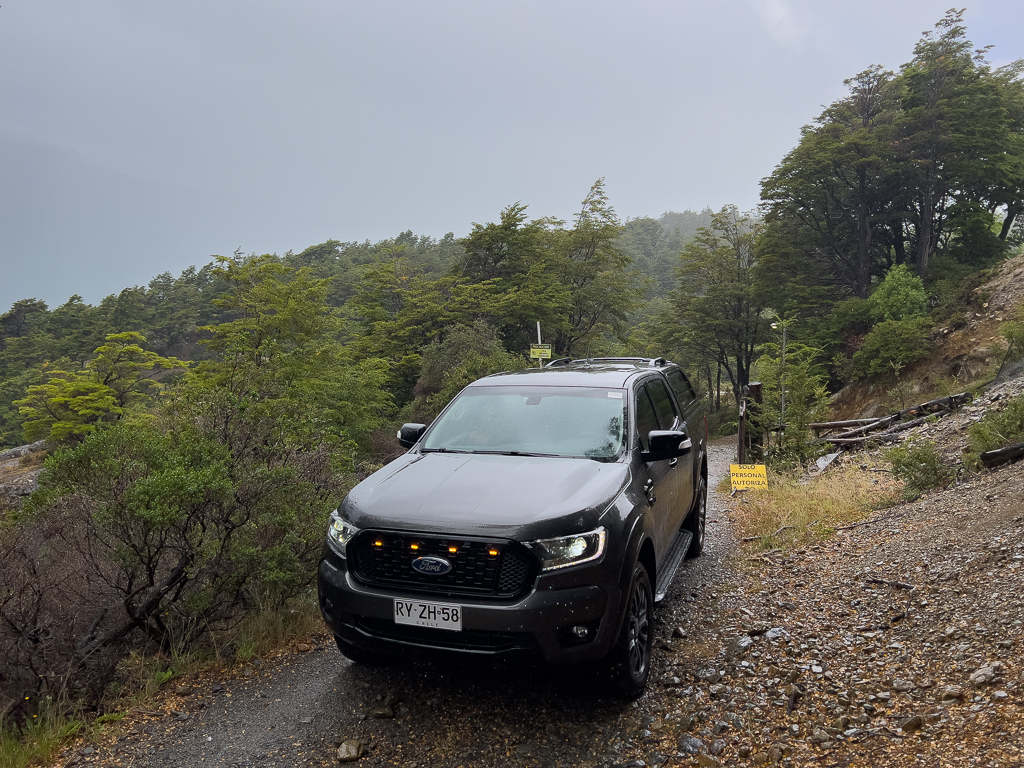
Now, we had reached the real end of the road. I know, I know, that makes no sense at all. But sometimes you just have to do stupid things.

The Carretera Austral
After a couple of days in Villa O’Higgins it was finally time to start on the Carretera Austral.

This famous road leads over 1247 km through a very wild and sparsely populated area from Villa O’Higgins to Puerto Montt. The highway was constructed under the dictatorship of Augusto Pinochet. The first section was opened to traffic in 1988 and the last section to Villa O’Higgins was finished in 2000. It was the most ambitious infrastructure project in Chile during the 20th century.
Driving the Carretera Austral is often considered as the most beautiful and spectacular road trip in the world. And I tend to agree. I had driven most of the Carretera Austral already twice in the past. First, in 2012 and then again in 2019. And I just love this road.
Here are some impressions of the spectacular landscapes along the way from Villa O’Higgins to the ferry at Rio Bravo.
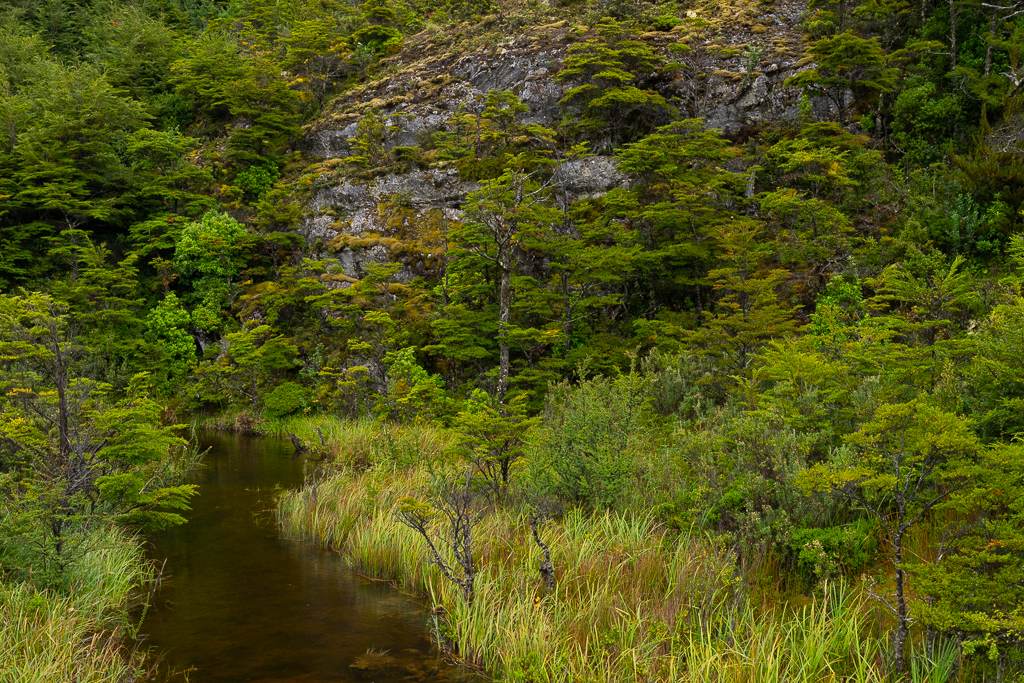
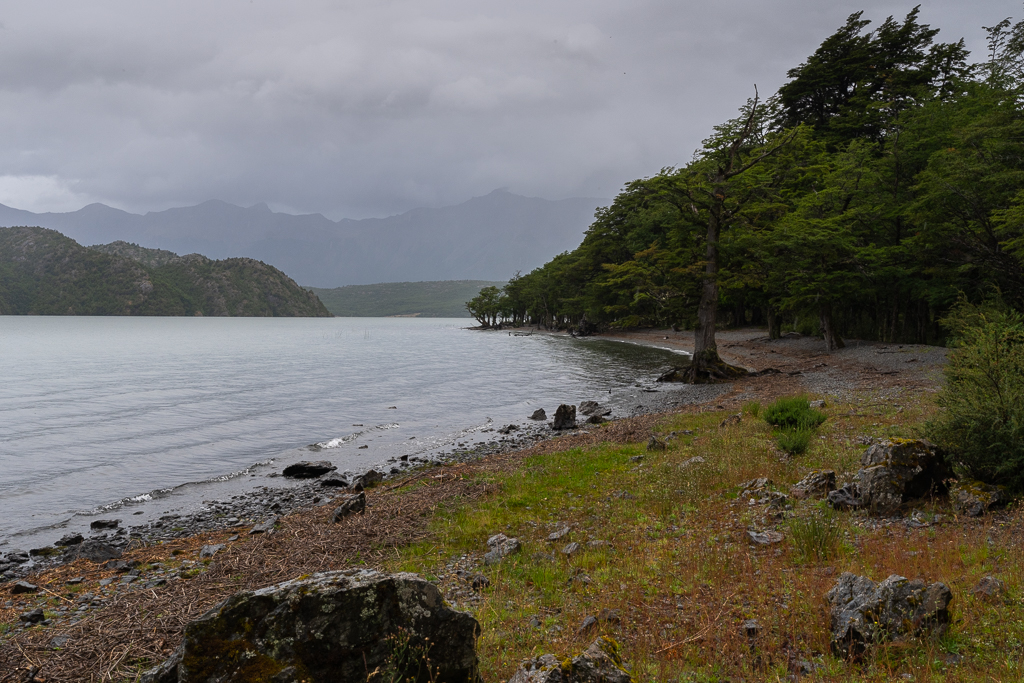
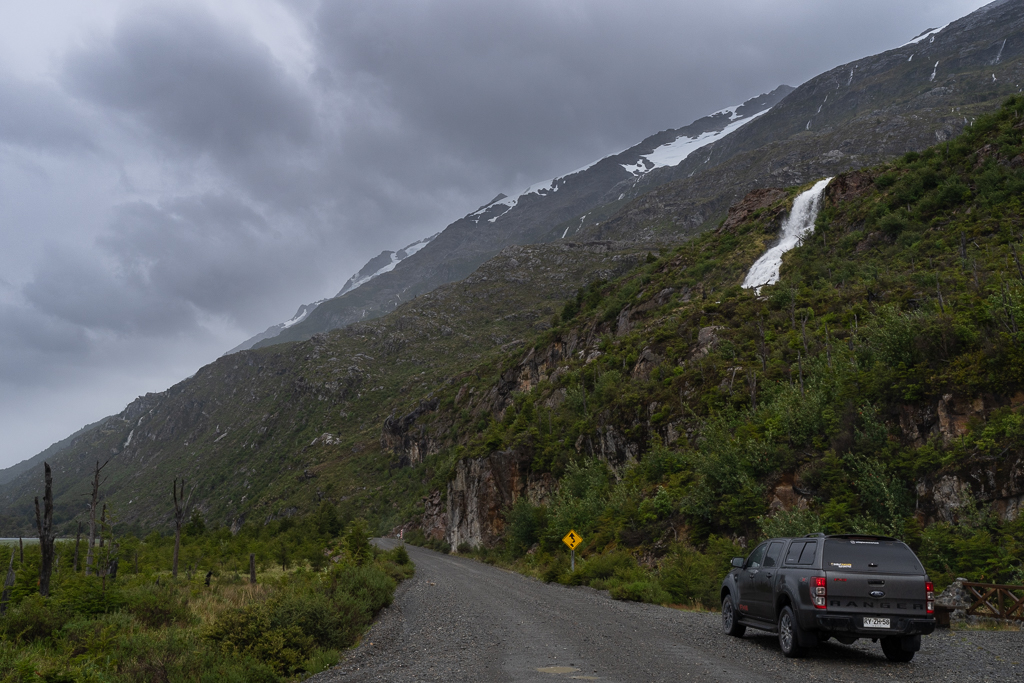
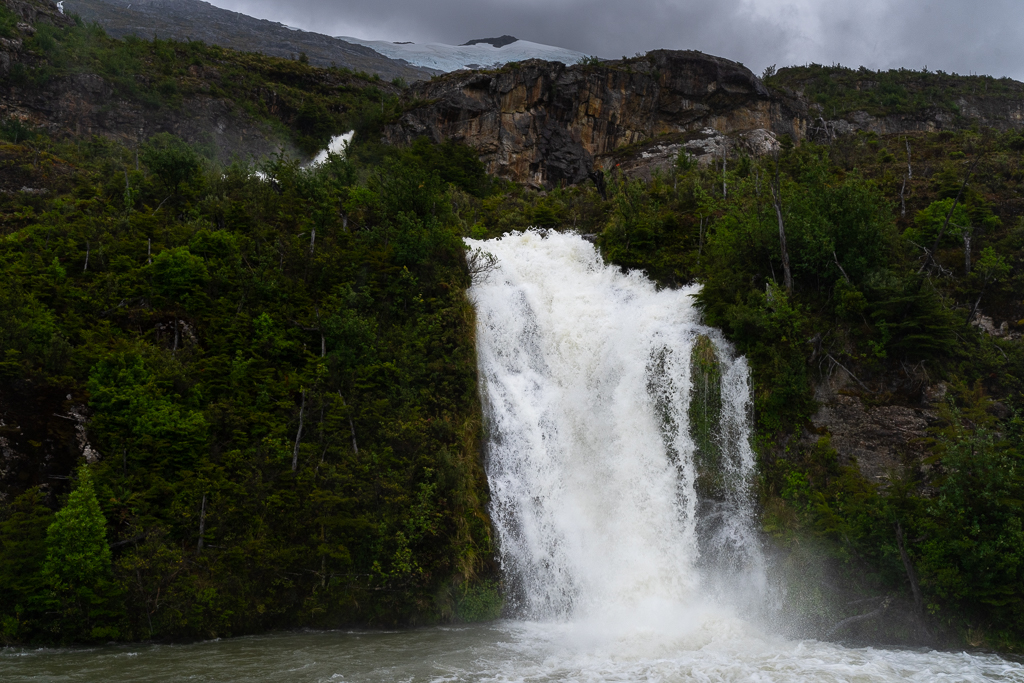
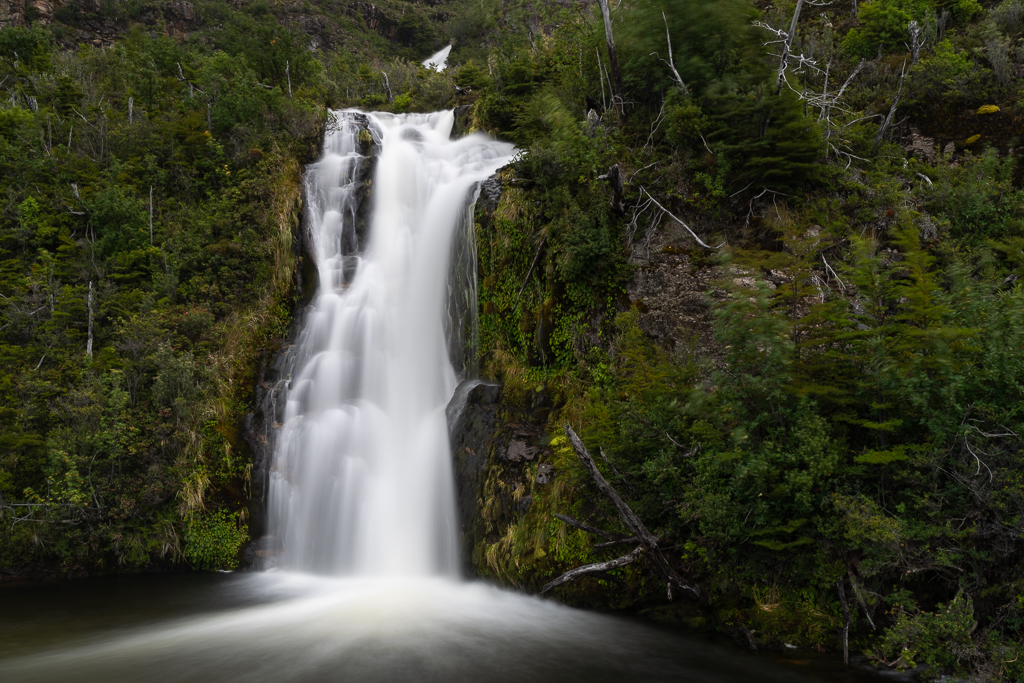
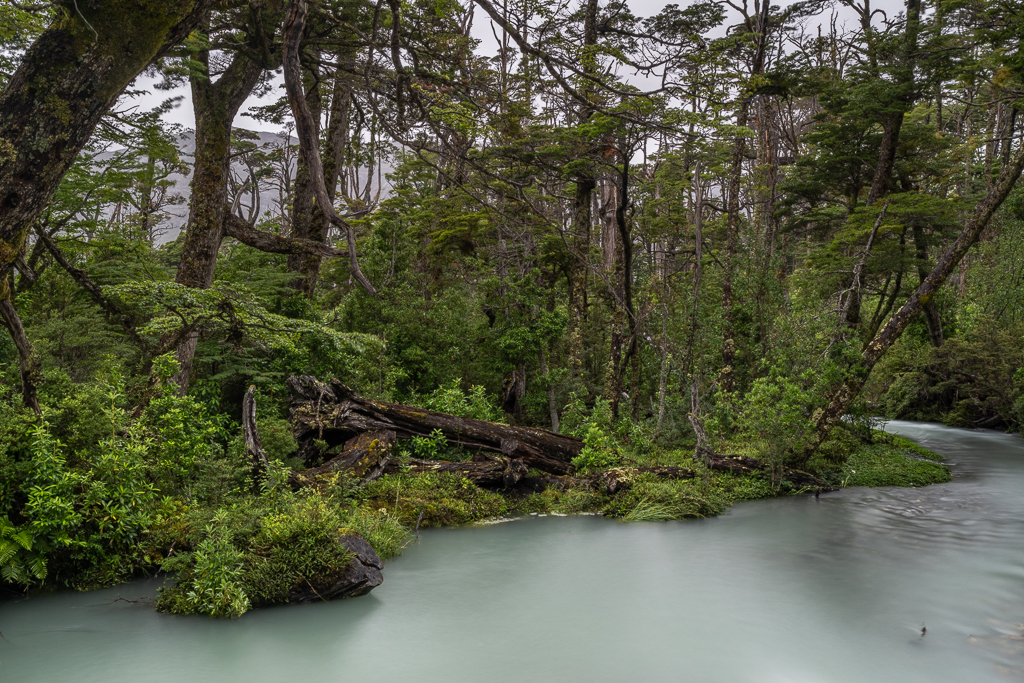

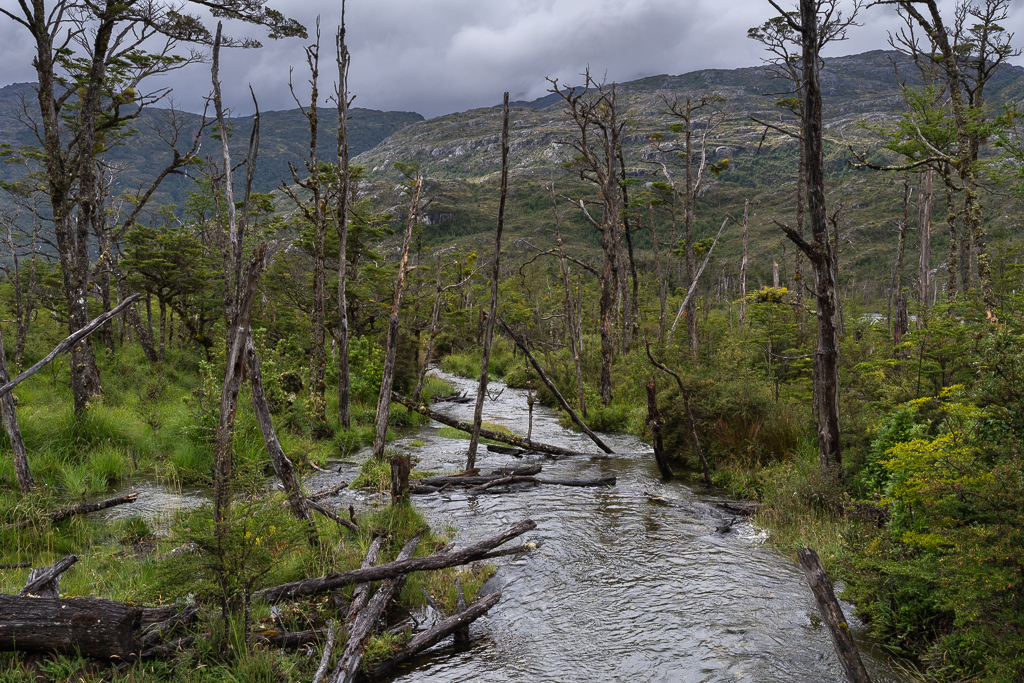



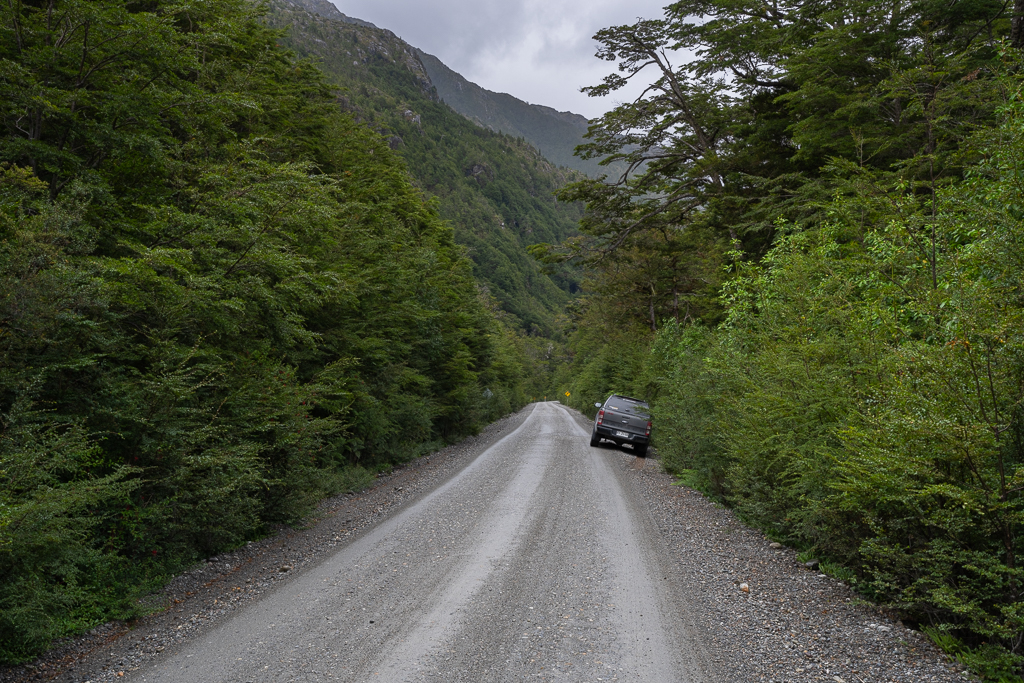
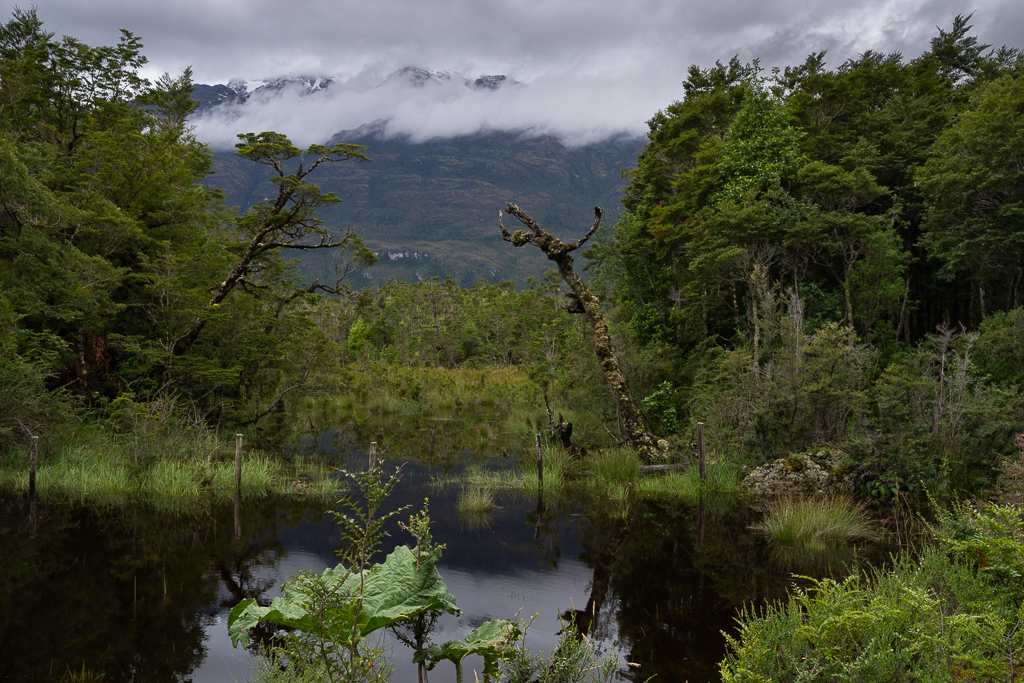
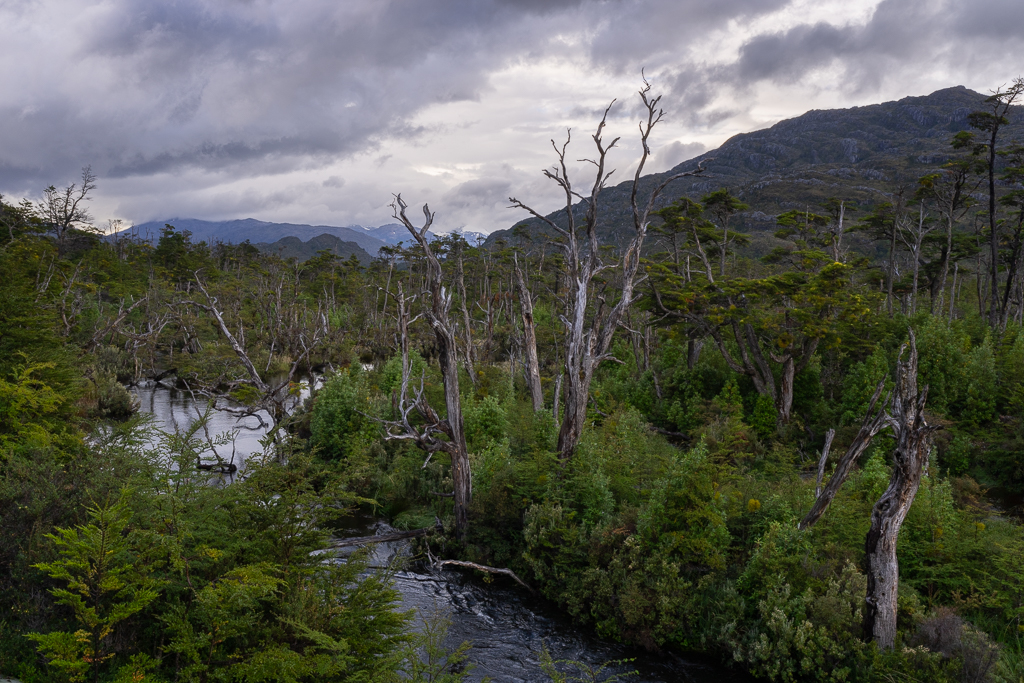


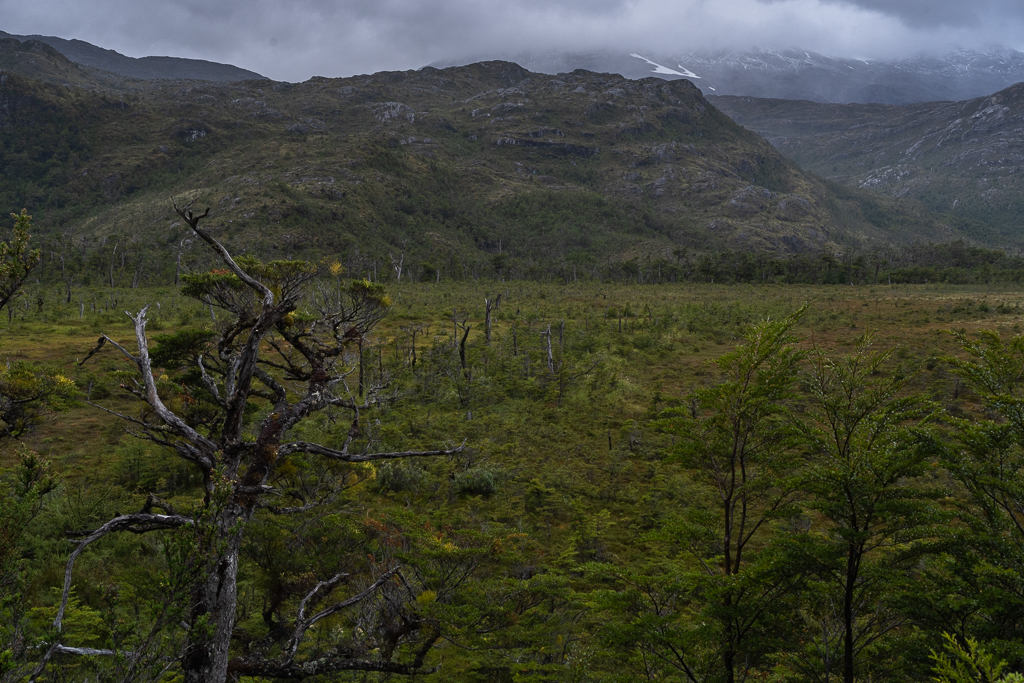
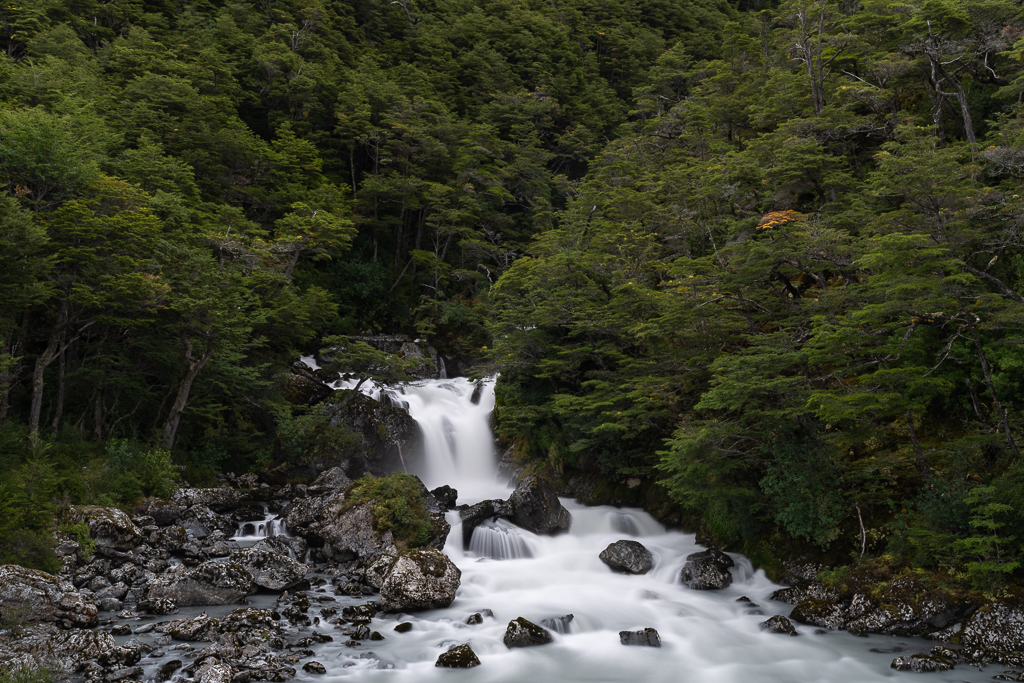

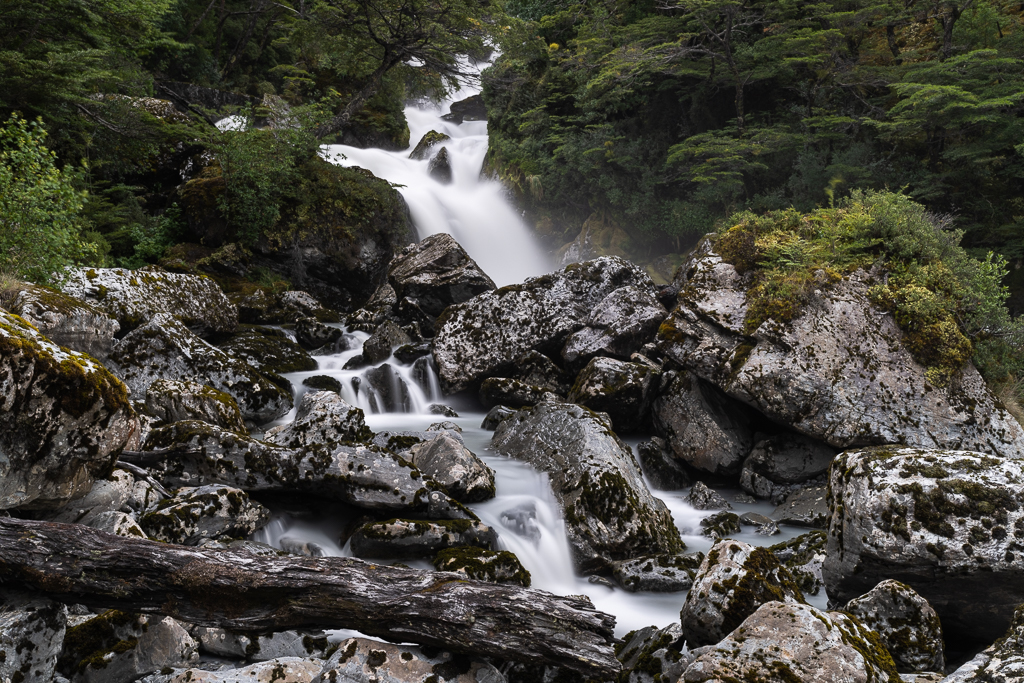


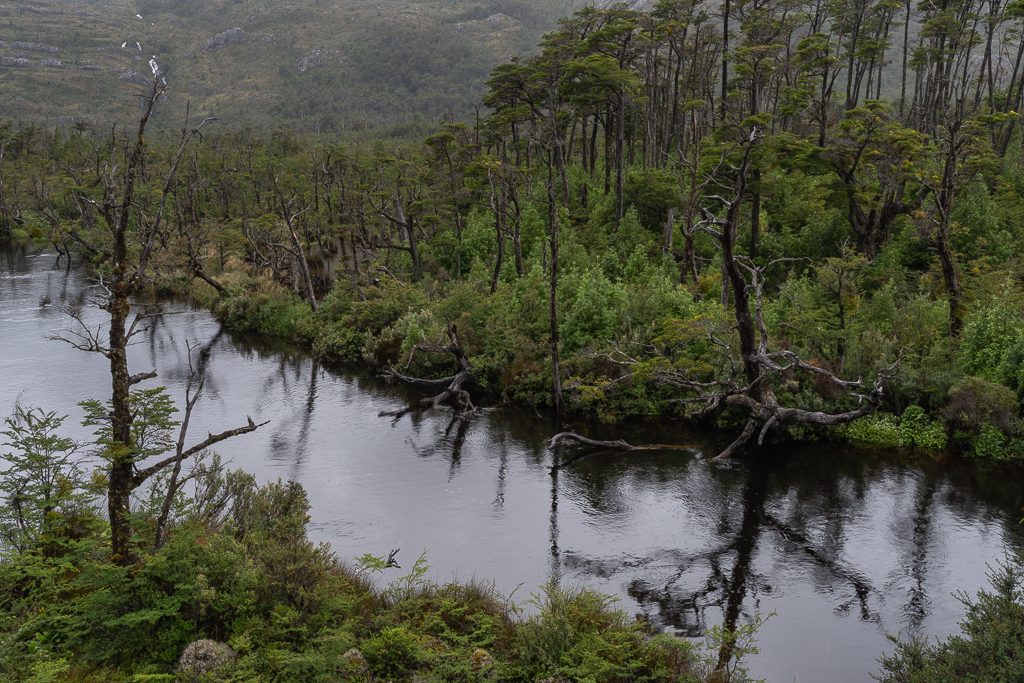
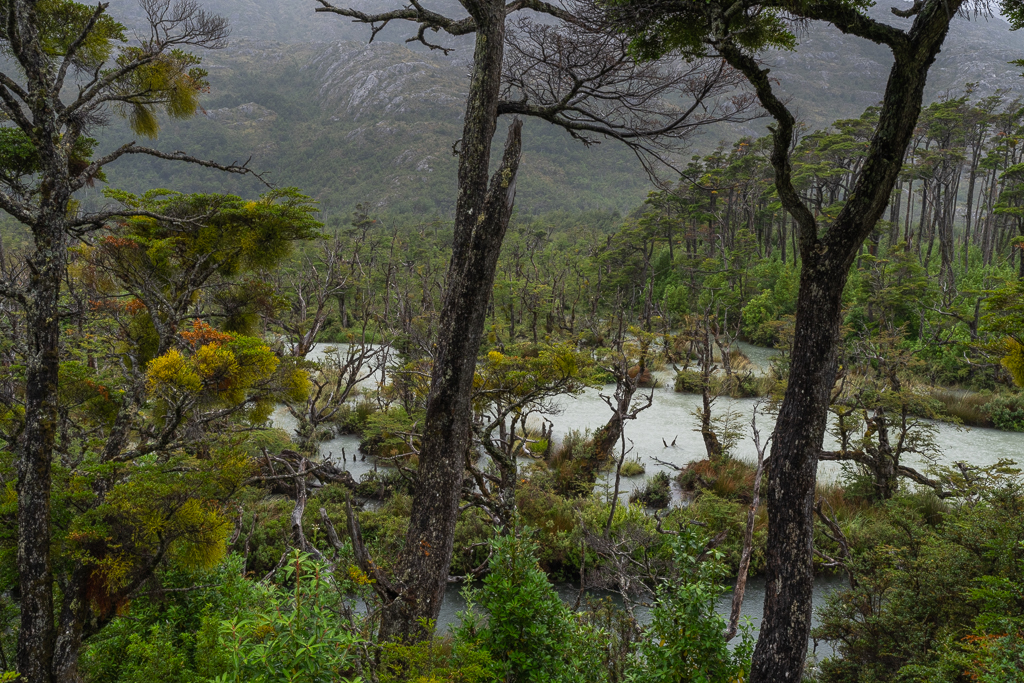

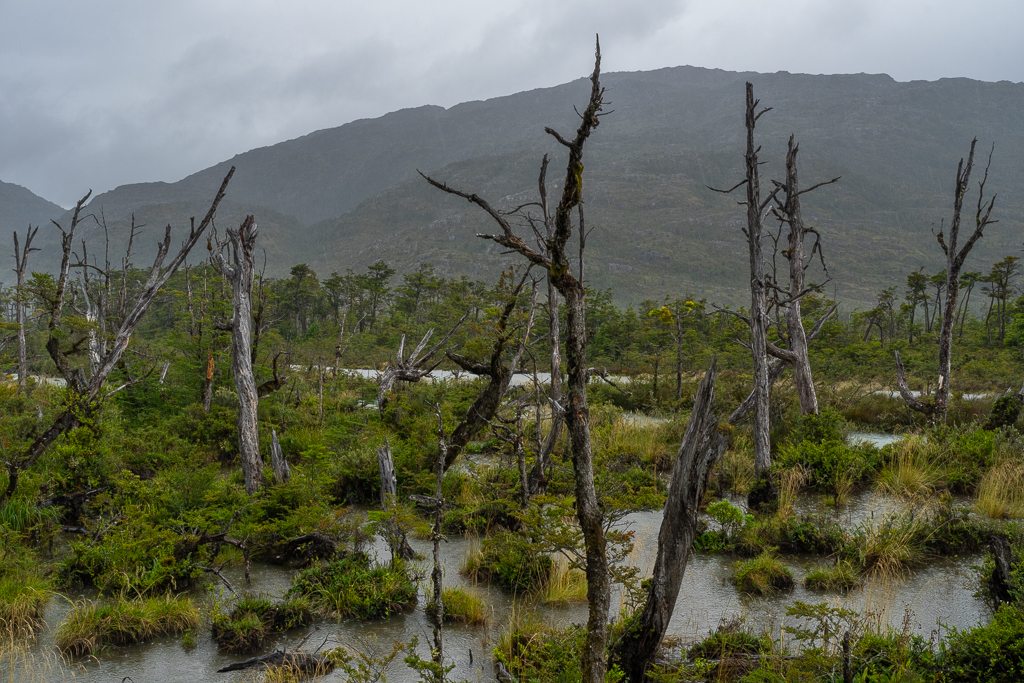

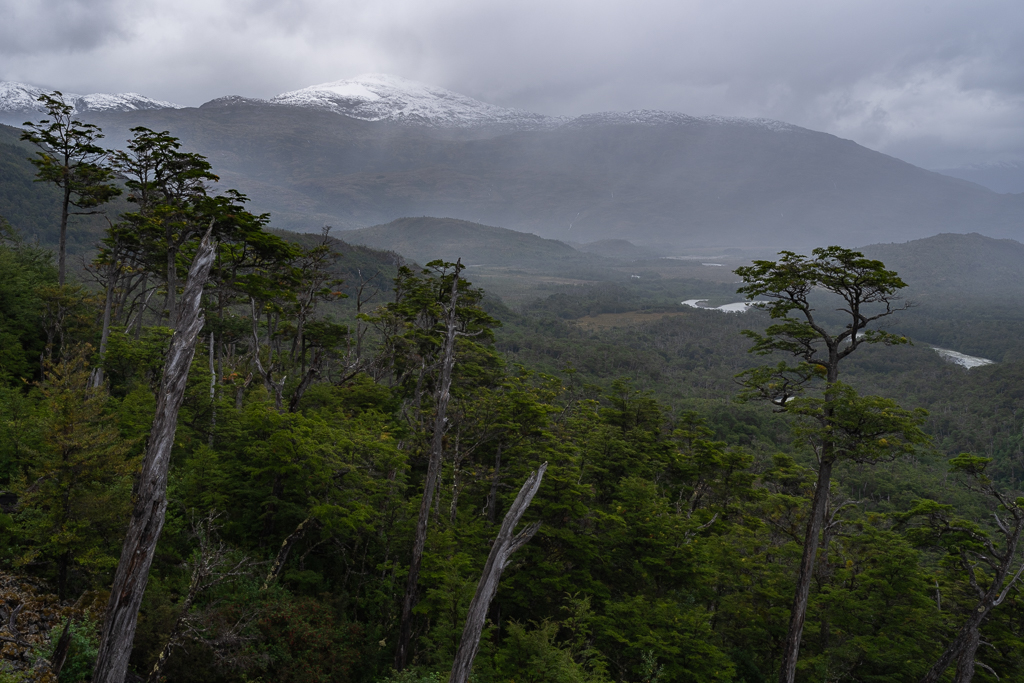
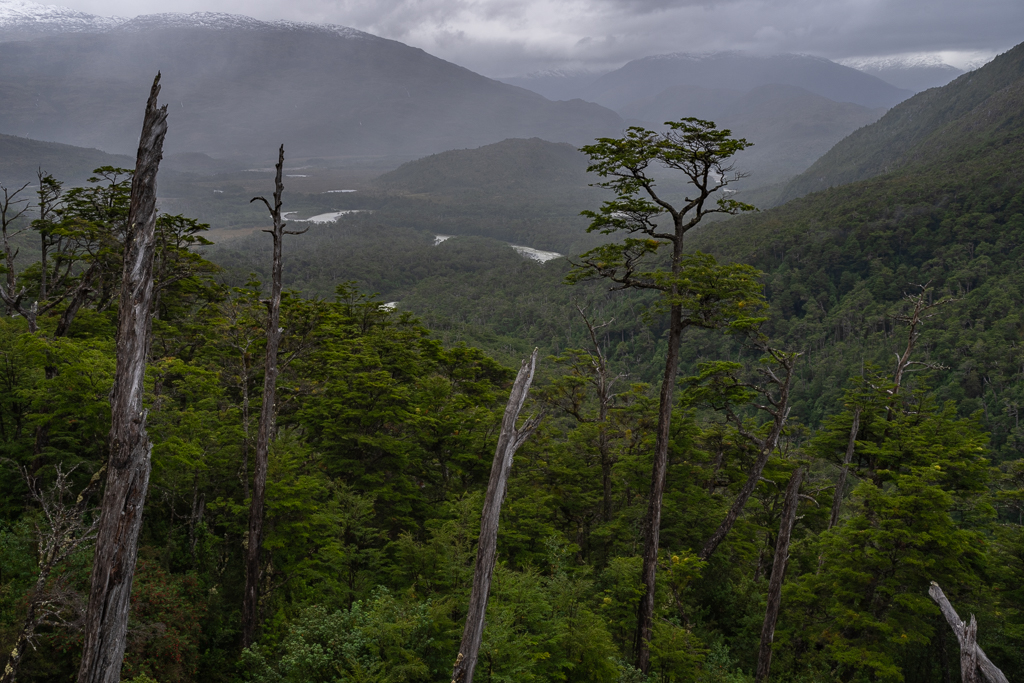
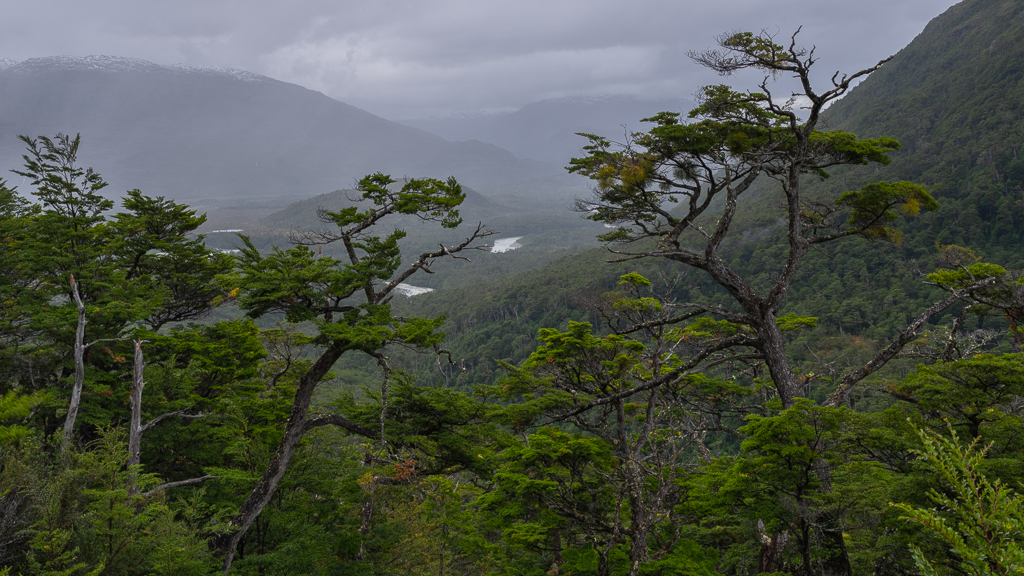
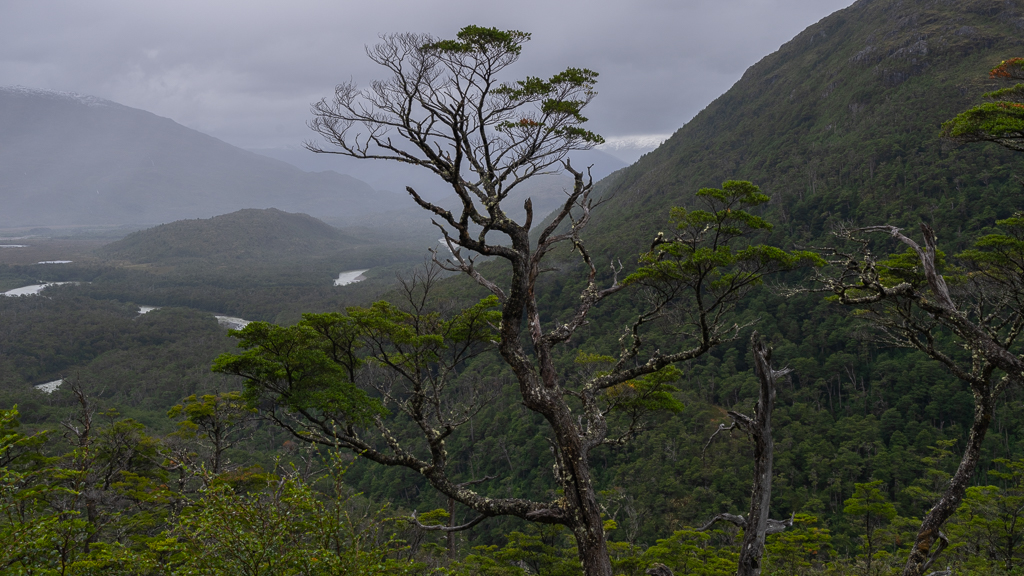
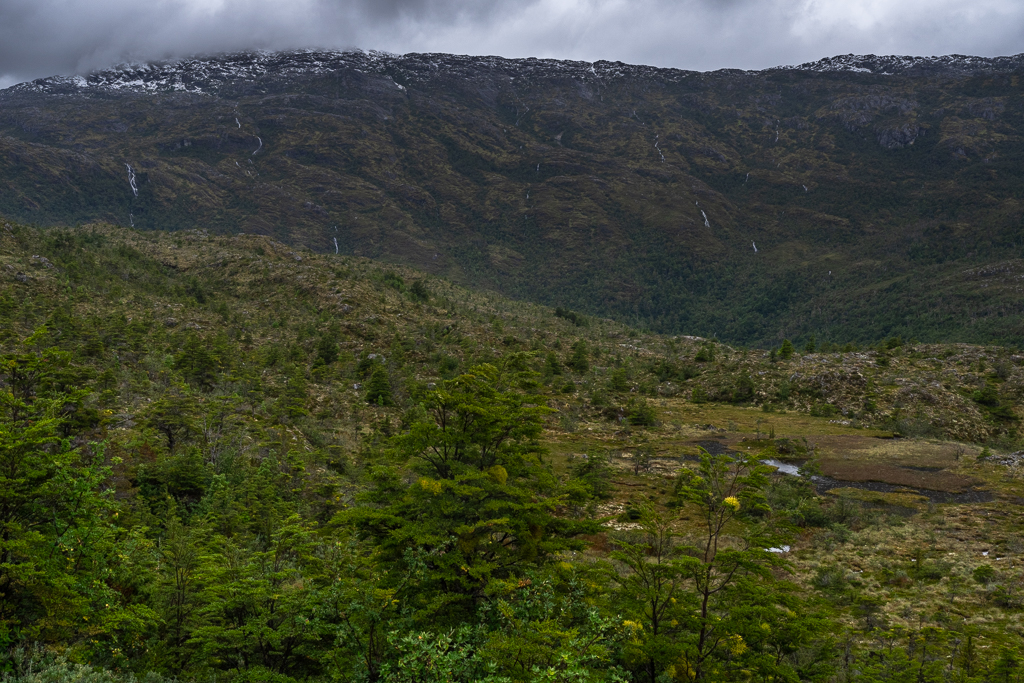

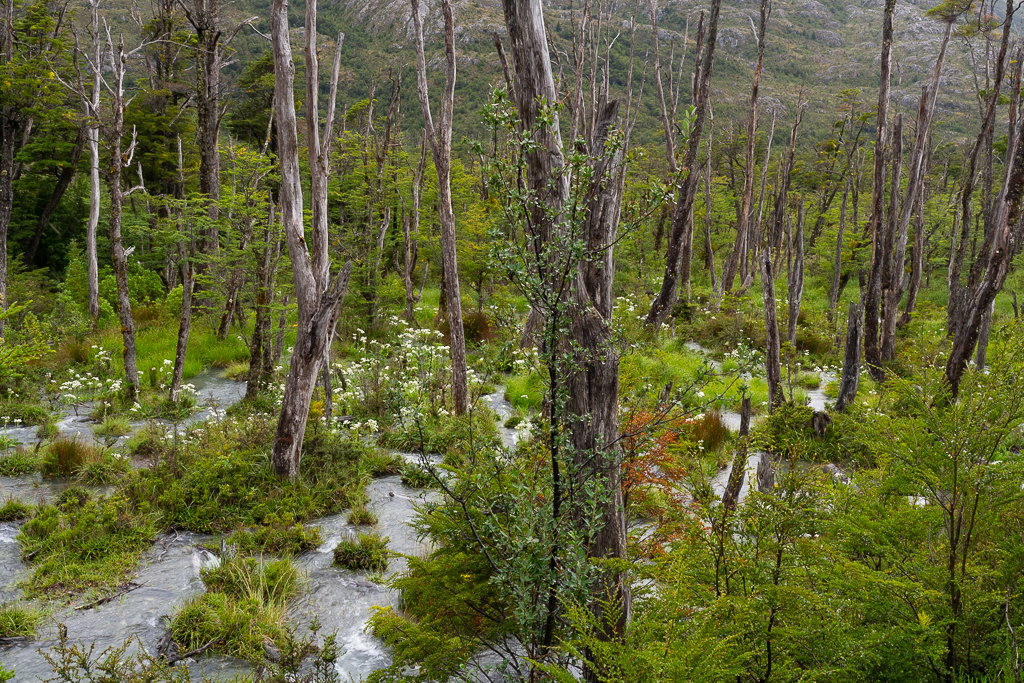
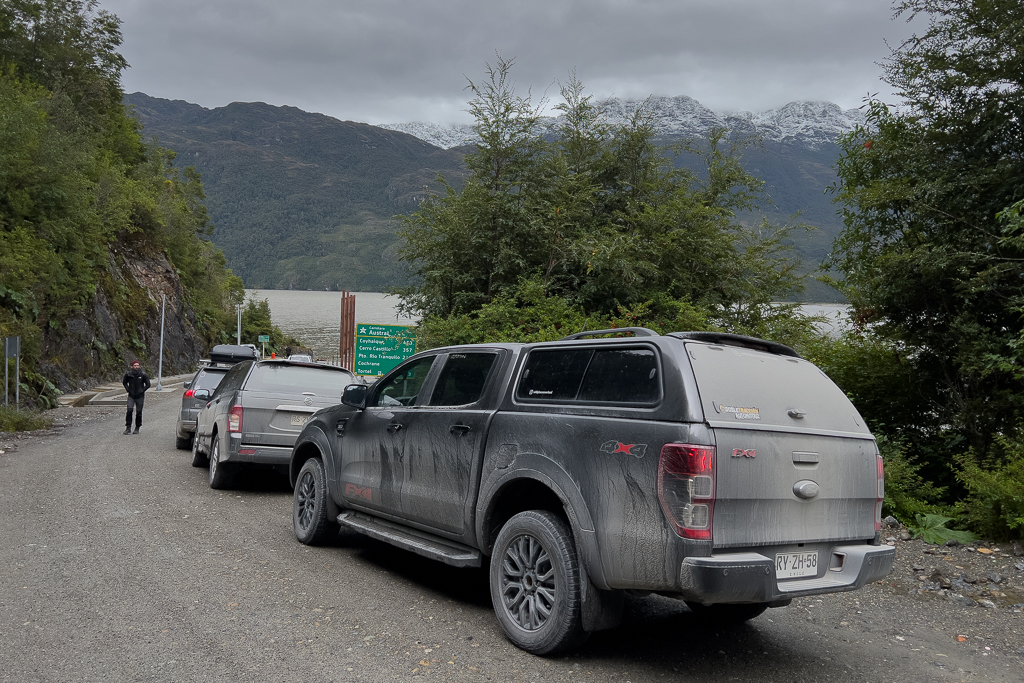
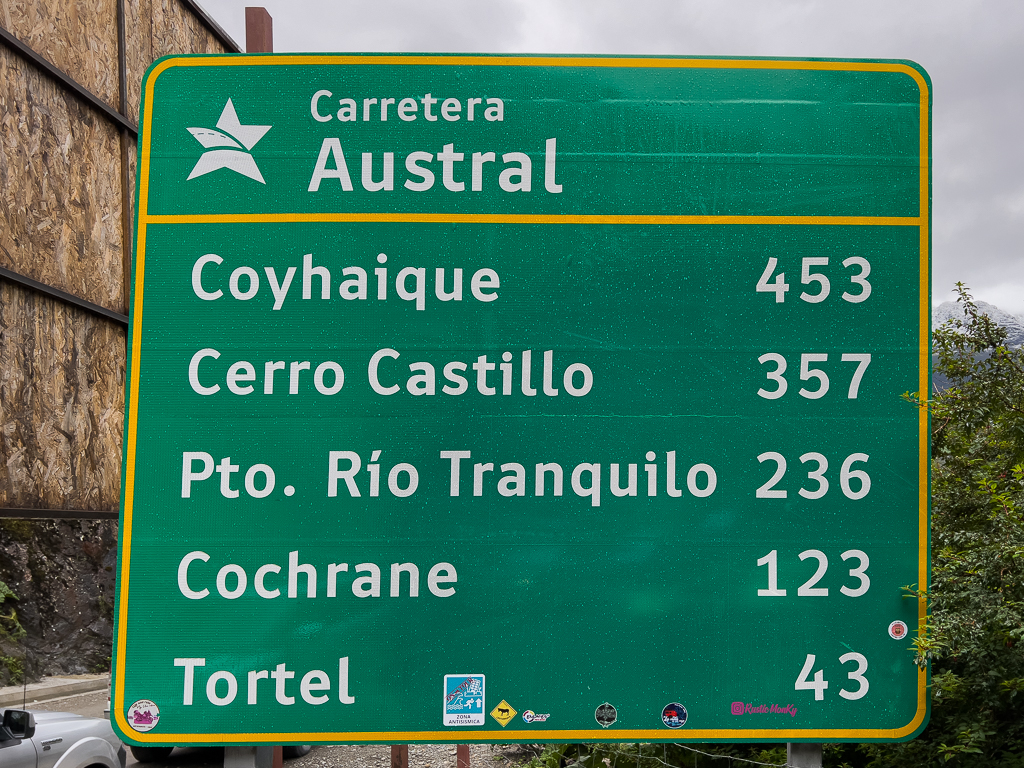
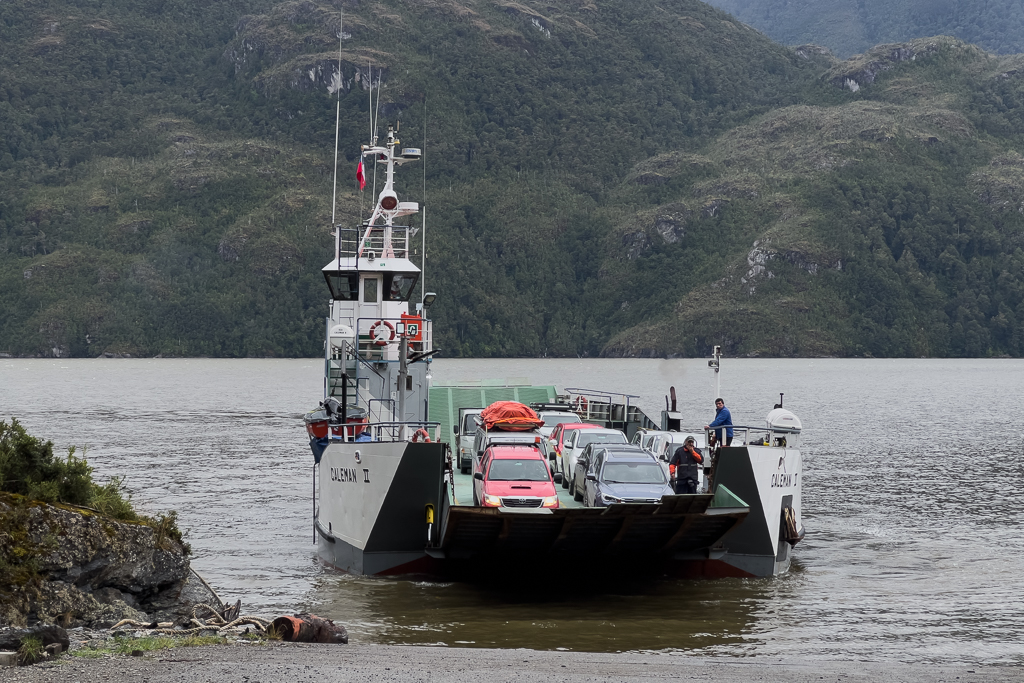

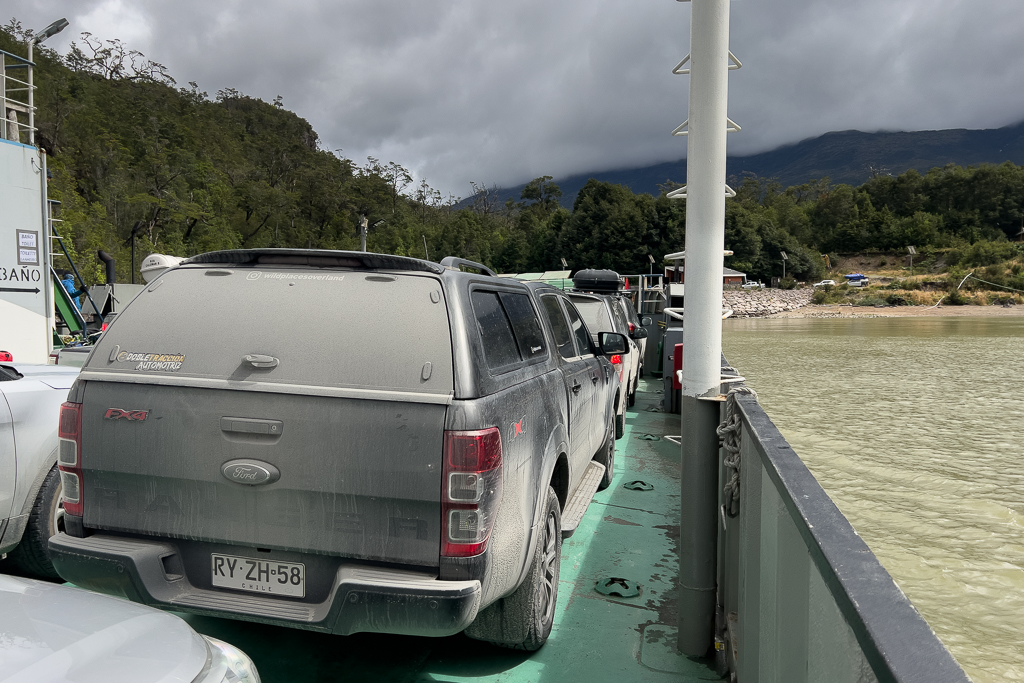
The next section of the Carretera Austral from Puerto Yungay to Cochrane is similarly spectacular.
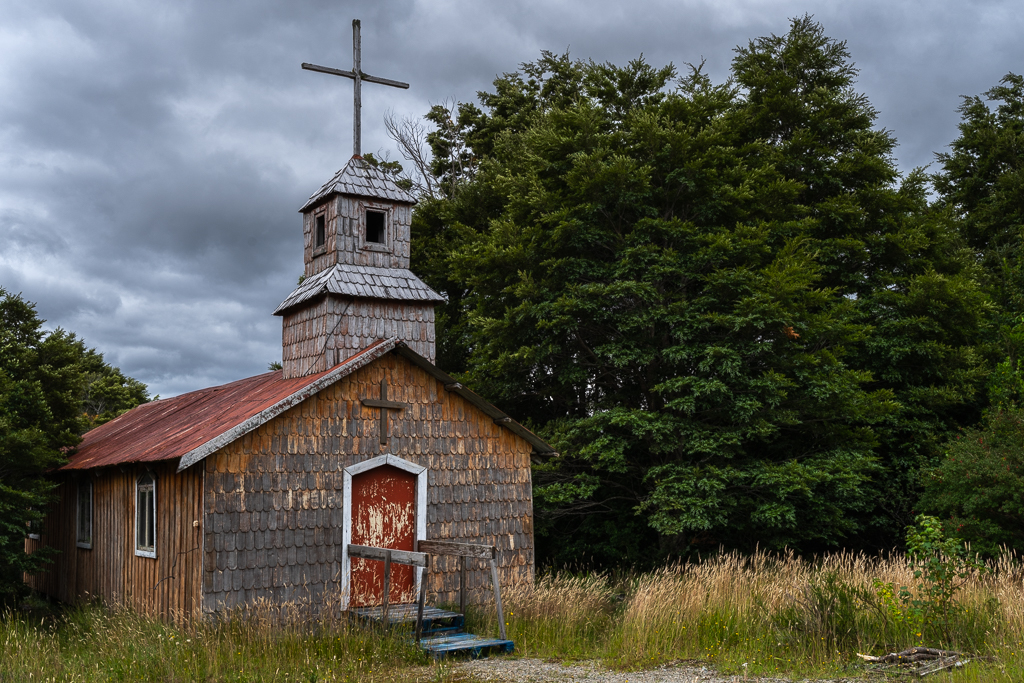
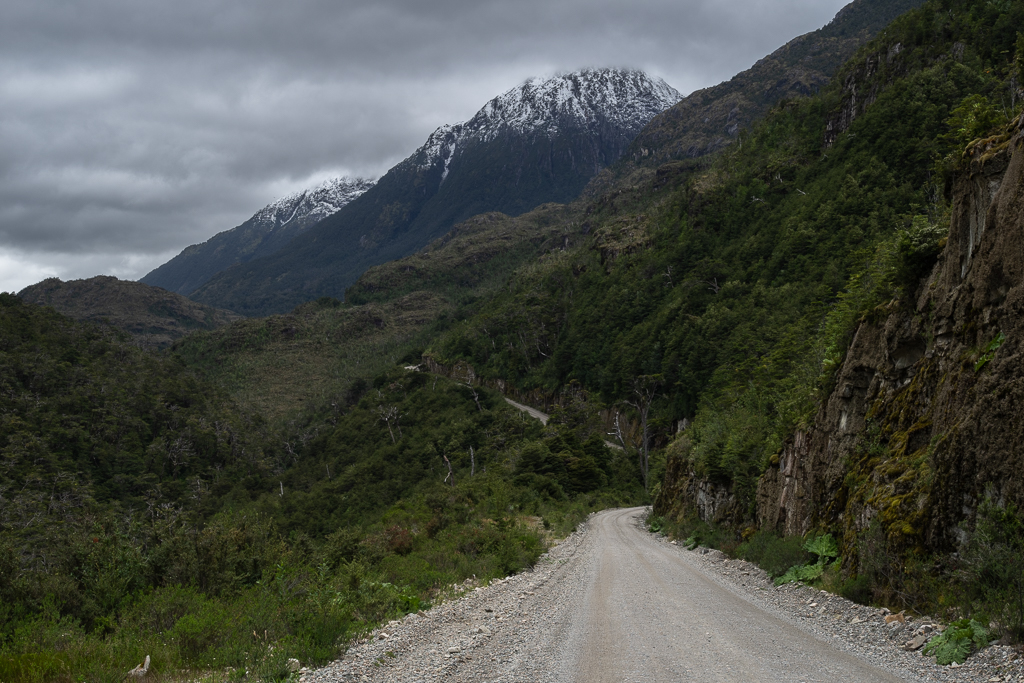
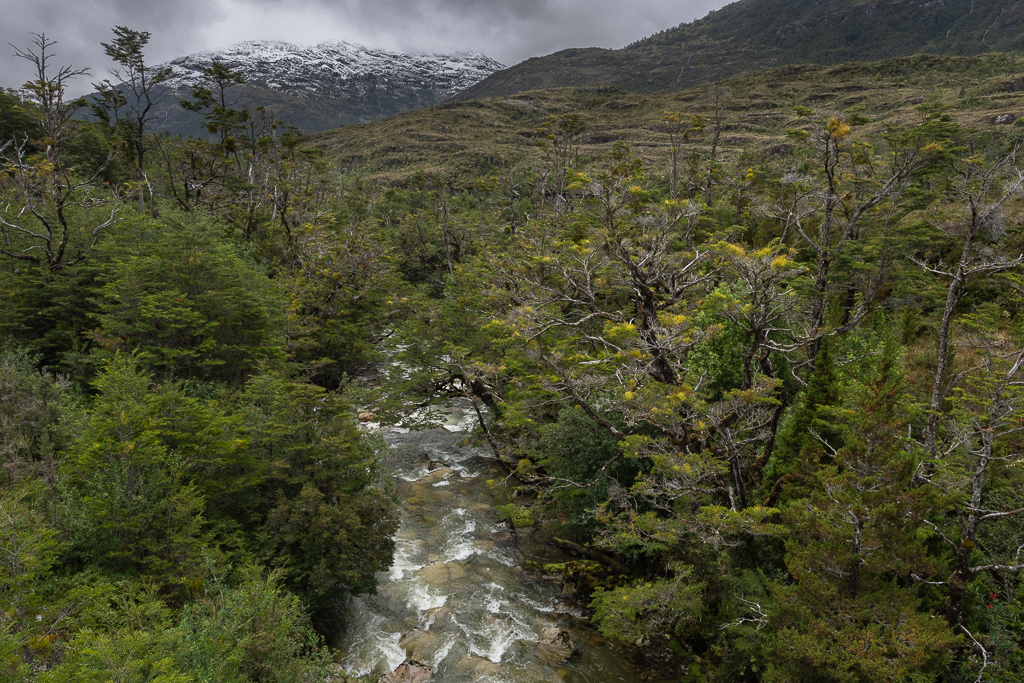
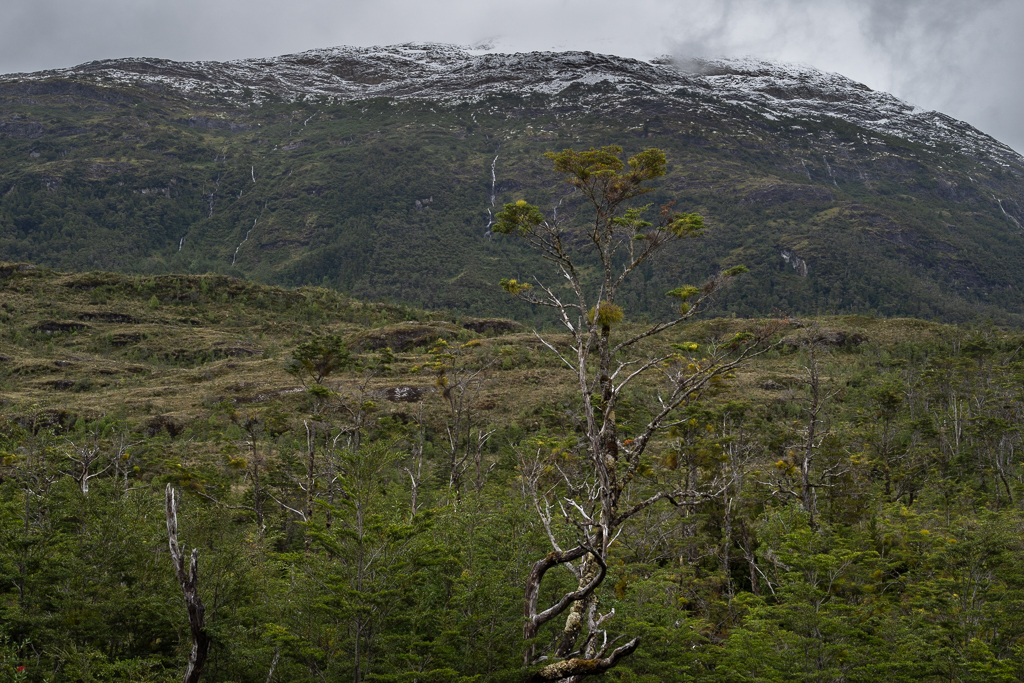
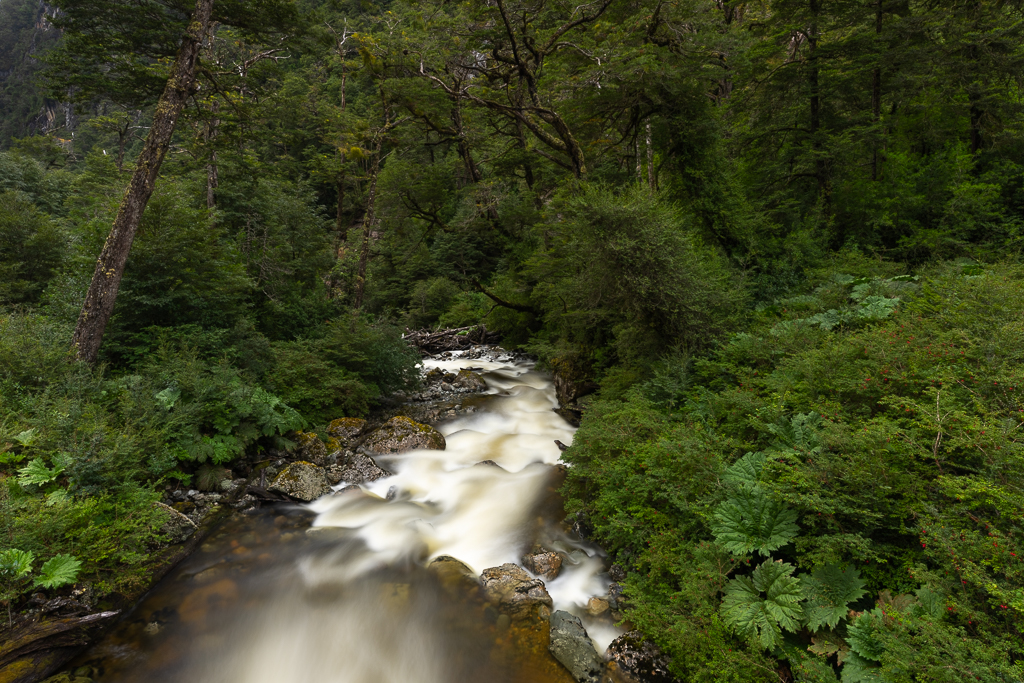
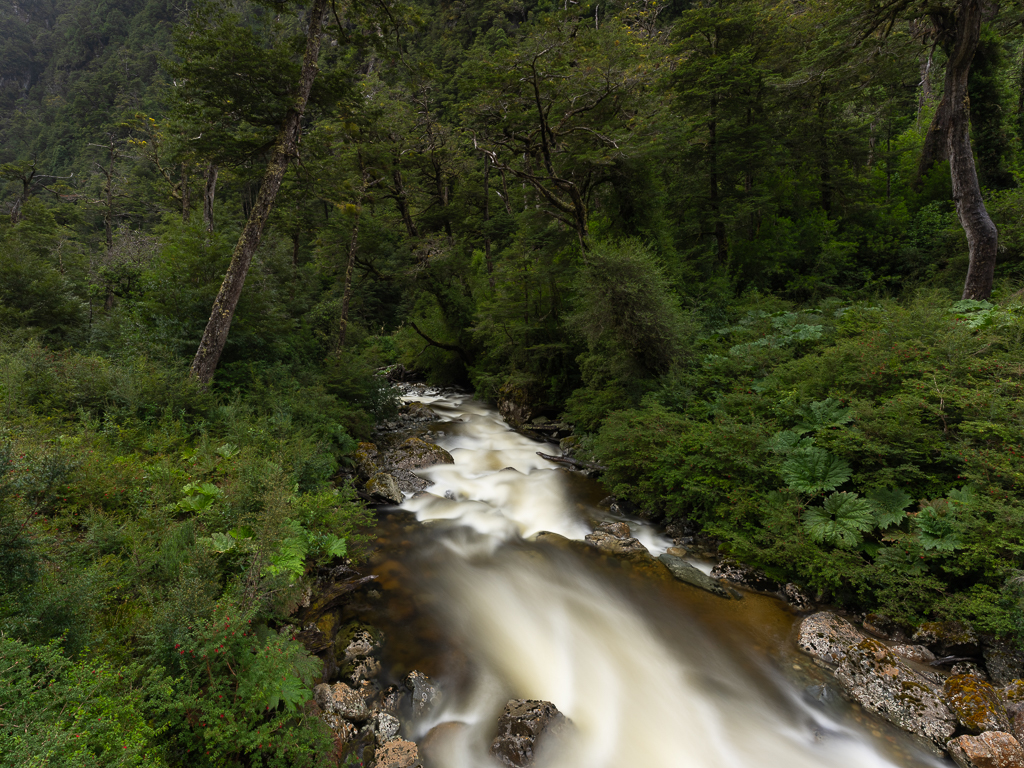
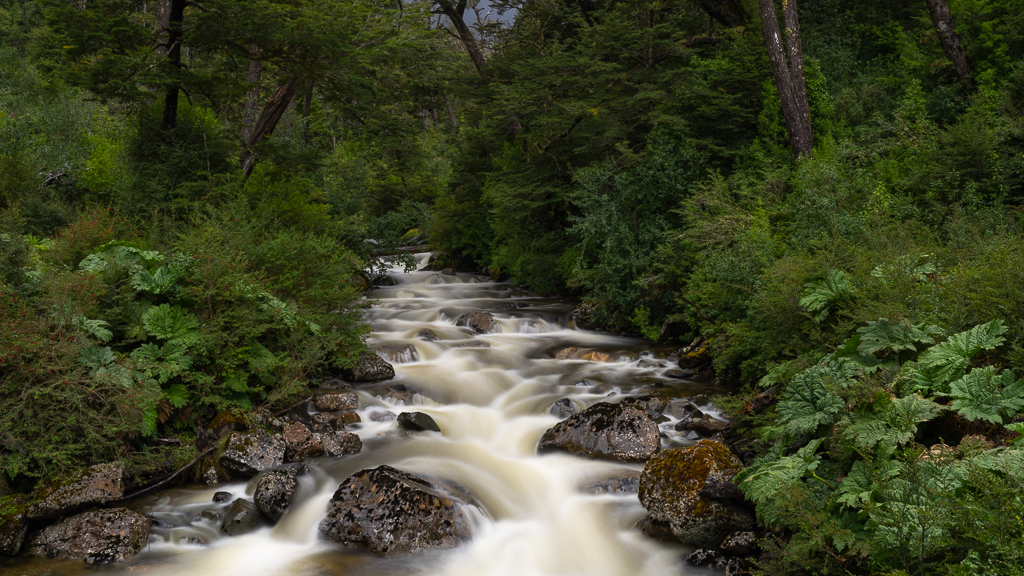
The nature at the southern end of the Carretera Austral is very wild, very green, very wet, and often very cold and uncomfortable. But it’s definitely worth a visit if you love wild remote places. Personally, I love these landscapes and can’t get enough of them.

Hi Boris,
as you travelled the Carretera Austral several times – if you compare to 2019, has tourism increased a lot ? I read an article of a cyclist describing the unexpected high traffic volume.
Sounds a bit like in other areas, famous places are limited…. and a lot of people like to travel.
Waiting for more blog entries & photos …..
Hi Andreas, I think compared to 2019 not much has changed but compared to my 2012 trip there are a lot more tourists and far more restaurants, hostels, gas stations and supermarkets.
If you want to avoid the crowd on the Carretera travel before Christmas or after February. In my opinion beginning of April is the perfect time for the Carretera: spectacular fall colors, fresh snow on the mountains and you are pretty much alone there. And the weather is always unpredictable on the Carretera even in mid summer.
I think the only difference between 2019 and 2023 was that in 2019 most of the travelers were hitchhiking and there were only a couple of cyclists. In 2023 it was the other way around: fewer hitchhikers and many more cyclists.
Thank Boris. Your pictures taken in October supported my decision to travel mid-October to mid-December, rental car is reserved. Just ordered the updated travel book by Hugh Sinclair, first edition was helpfull.
And, maybe you find time to continue your blog ….
Have a nice a save journey back,
Andreas
Hi Andreas,
I also want to do the Carretera Austral once more, but the prices of the rental cars have gone up very much since Seelmann does not exist any more. May I ask which rental company you have chosen?
Kind regards, Brigitte
Hi Brigitte,
I booked Sixt , as I can benefit from a company discount. Limitation is that I cant take the car to Argentina, but no prepayment and flexibility with any changes.
Andreas
Thanks.
Unfortunately this is no option for us because we also want to cross the border to Argentina.
Hello Boris, it’s true that Villa O’Higgins doesn’t have much to offer, but I still liked it there. I found that the little village with its colourful houses still breathed a bit of pioneer spirit.
We had a nice hike through dense forest to the Mirador del Valle. Next time we will be able to do a much bigger programme thanks to your explorations, I am already looking forward to it. Great that you reported so accurately about all the dirt roads and trails that can be accessed from VoH….
By the way we found a good restaurant in this small village, the Entre Patagonias.
Thank Brigitte! I’ve been to the restaurant Entre Patagonias a couple of times, both on this trip and on my previous visit in 2019. It‘s solid, but not great, especially compared to some of the better restaurants in Argentina. But that’s true for most of the restaurants along the Carretera Austral. The only exception is Coyhaique with some really great options.
Hallo Boris
Diese Etappe ist richtig wild und sehr grün…..muss ja so sein mit dem vielen Regen. Nicht so ganz nach unserem Geschmack. Wasserfälle haben wir fast vor der Haustüre genug, deshalb ziehen wir eher aride Gegenden vor.
Wir befolgten deinen Rat und bleiben während 14 Tagen in der Umgebung vom Lago General Carrera bis hinunter nach Cochrane. Dort versuchen wir den Paso Rapallo zu überqueren um in der Nähe des Lago Posadas 2 Nächte zu verbringen. Zurück geht’s dann wieder über Cochrane.
Es ist eher schwierig eine kluge Route zu planen/buchen, da wir zu Dritt sind und nur in festen Unterkünften übernachten möchten. Die Reise soll Ende Okt. Anfang Nov. stattfinden.
Anschliessend werden wir mit dem Mietwagen ab Santiago bis La Serena im Hinterland eine Woche verbringen.
Jetzt hoffen wir, dass wir Oldies und unsere alten Hunde gesund bleiben und die Reise stattfinden kann.
Euch wünsche ich eine gute Fortsetzung.
Liebs Grüessli
Judith
Hallo Judith,
vielen Dank für Deinem Kommentar. Wenn Du noch Hilfe bei Deiner Routenplanung oder den Übernachtungsmöglichkeiten entlang der Route brauchst kannst Du mich gerne über das Contact Formular anschreiben. Die letzten zwei Tage waren wir übrigens auch in La Serena.
Viele Grüße
Boris